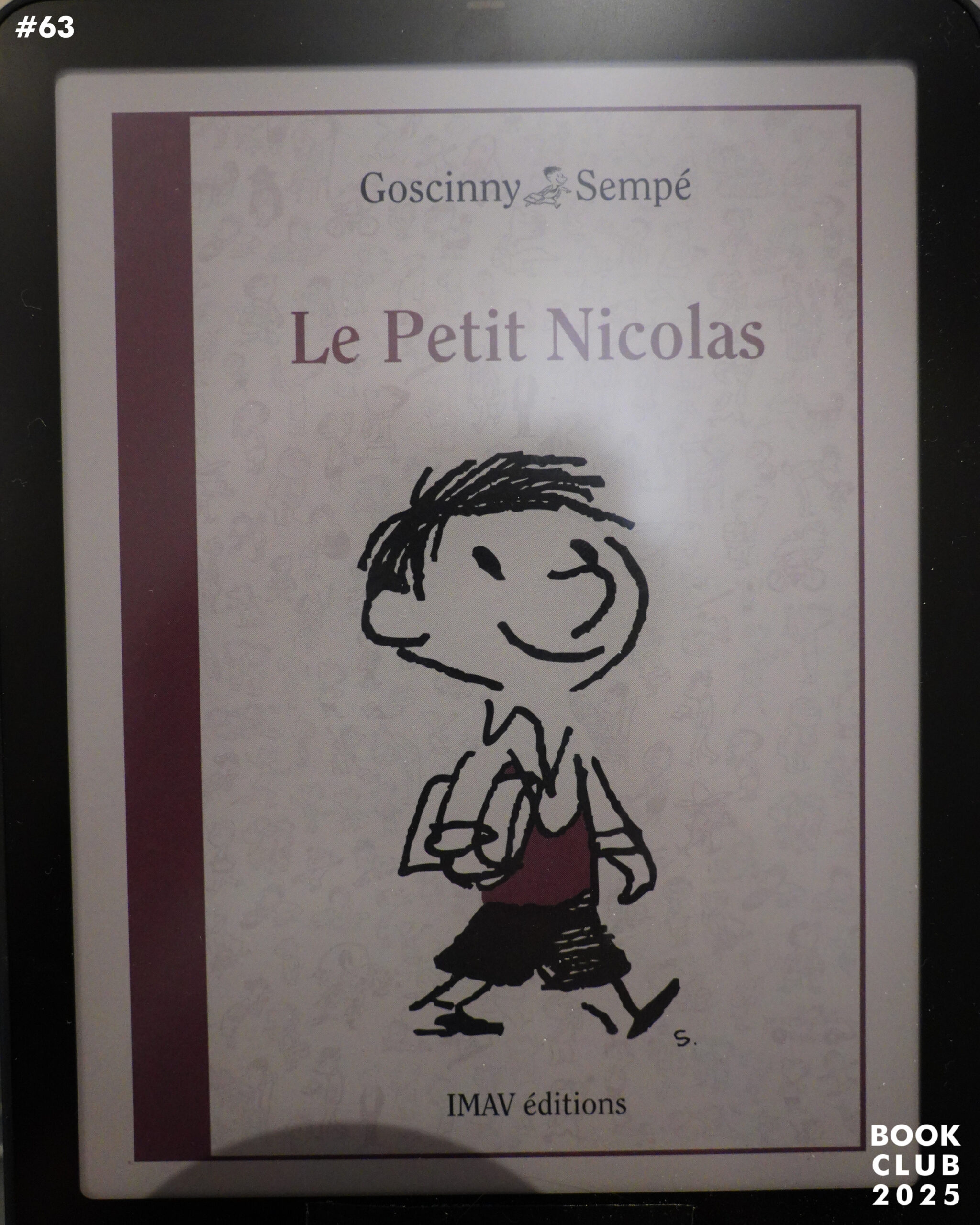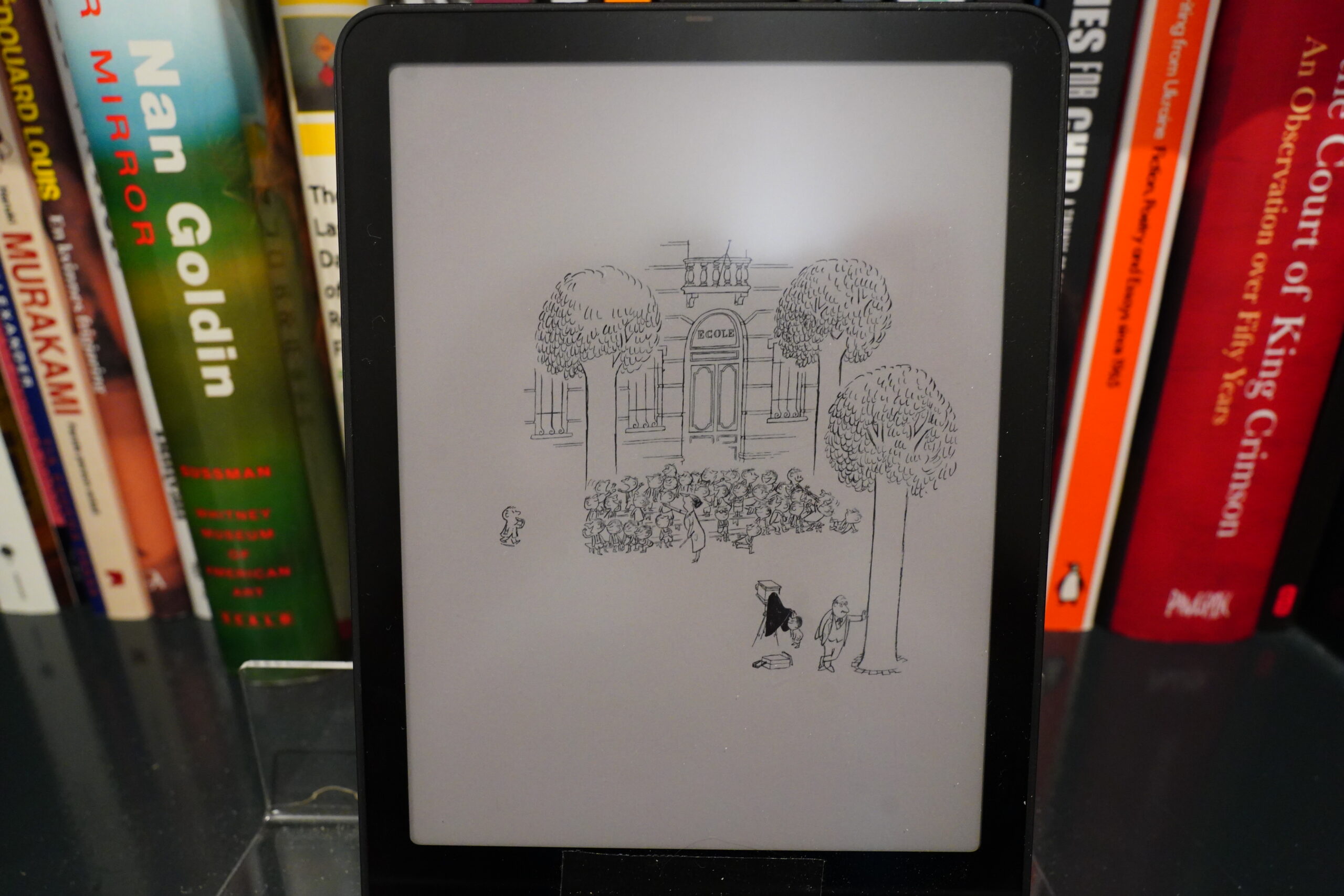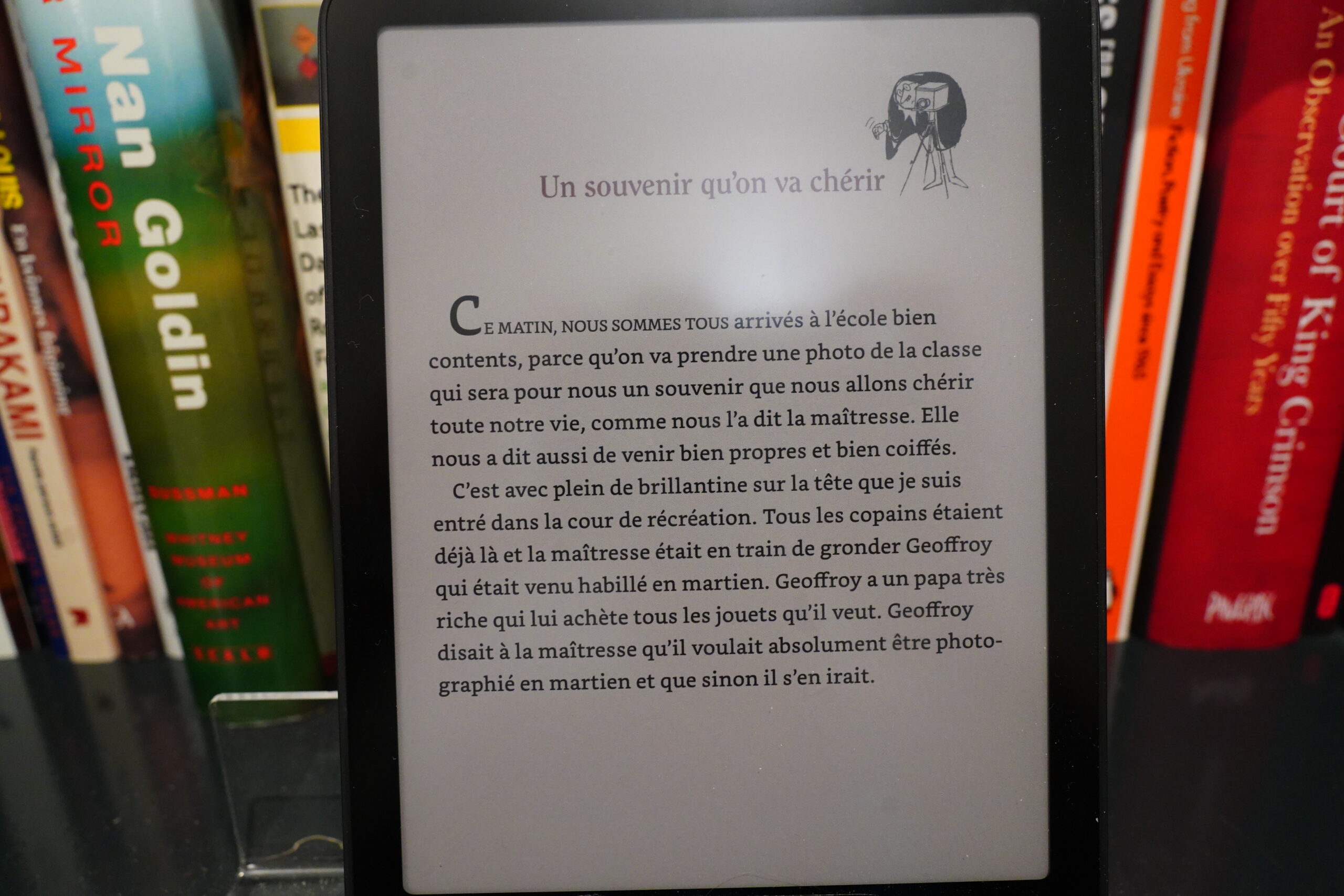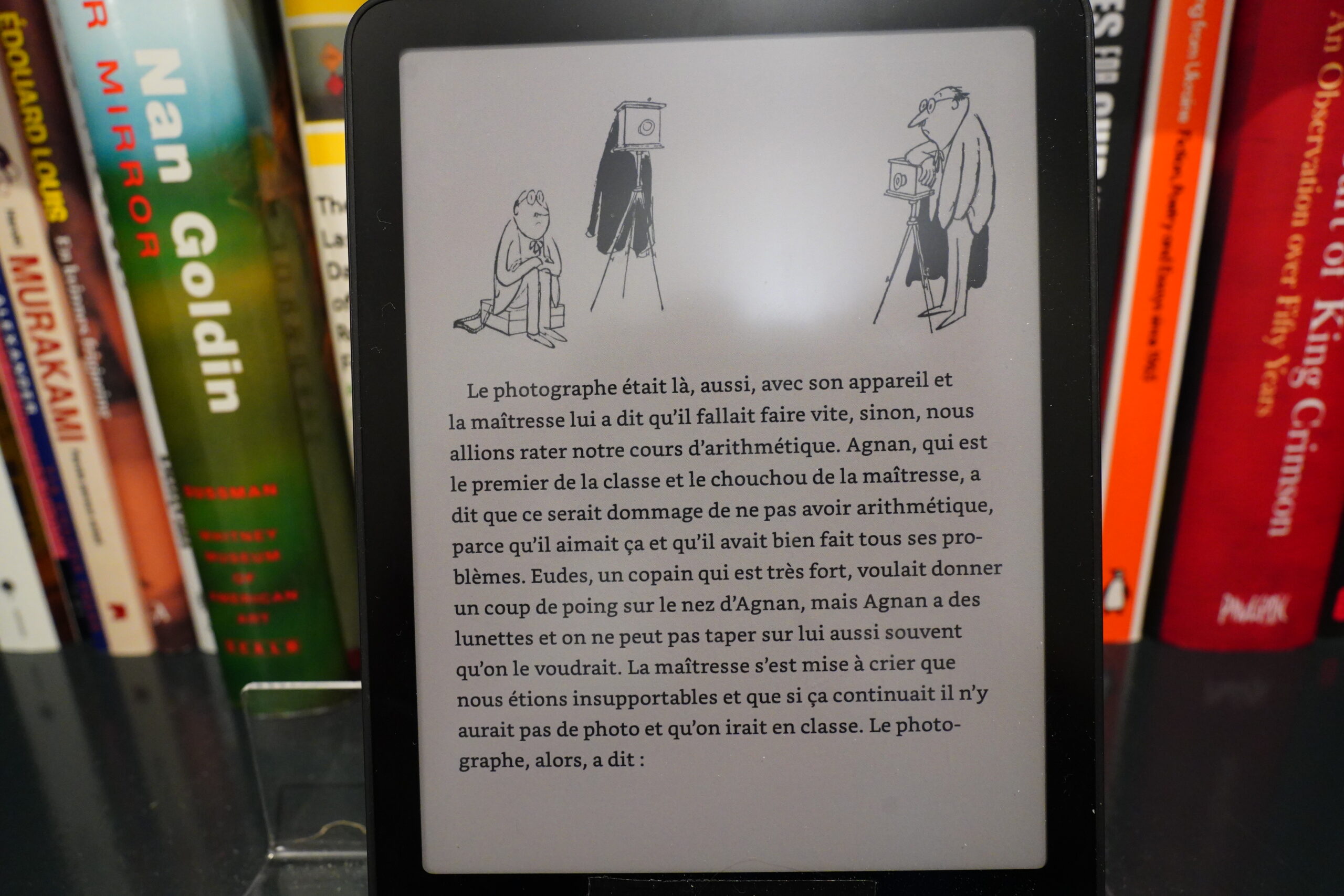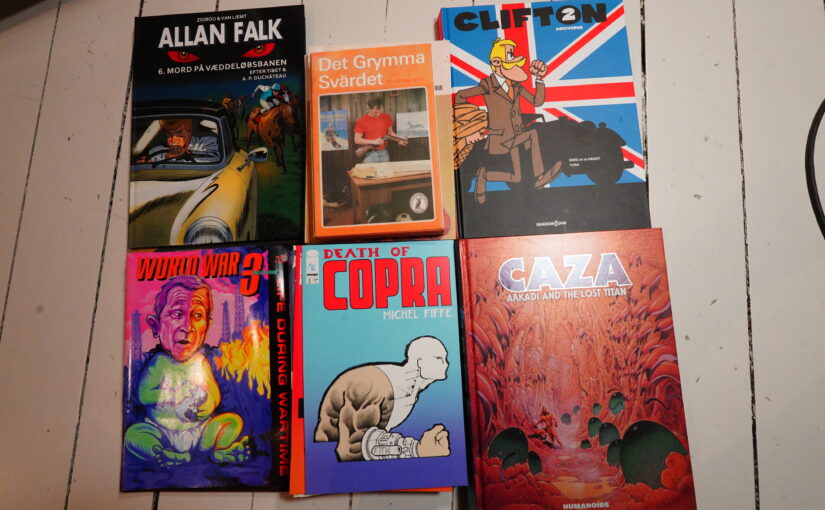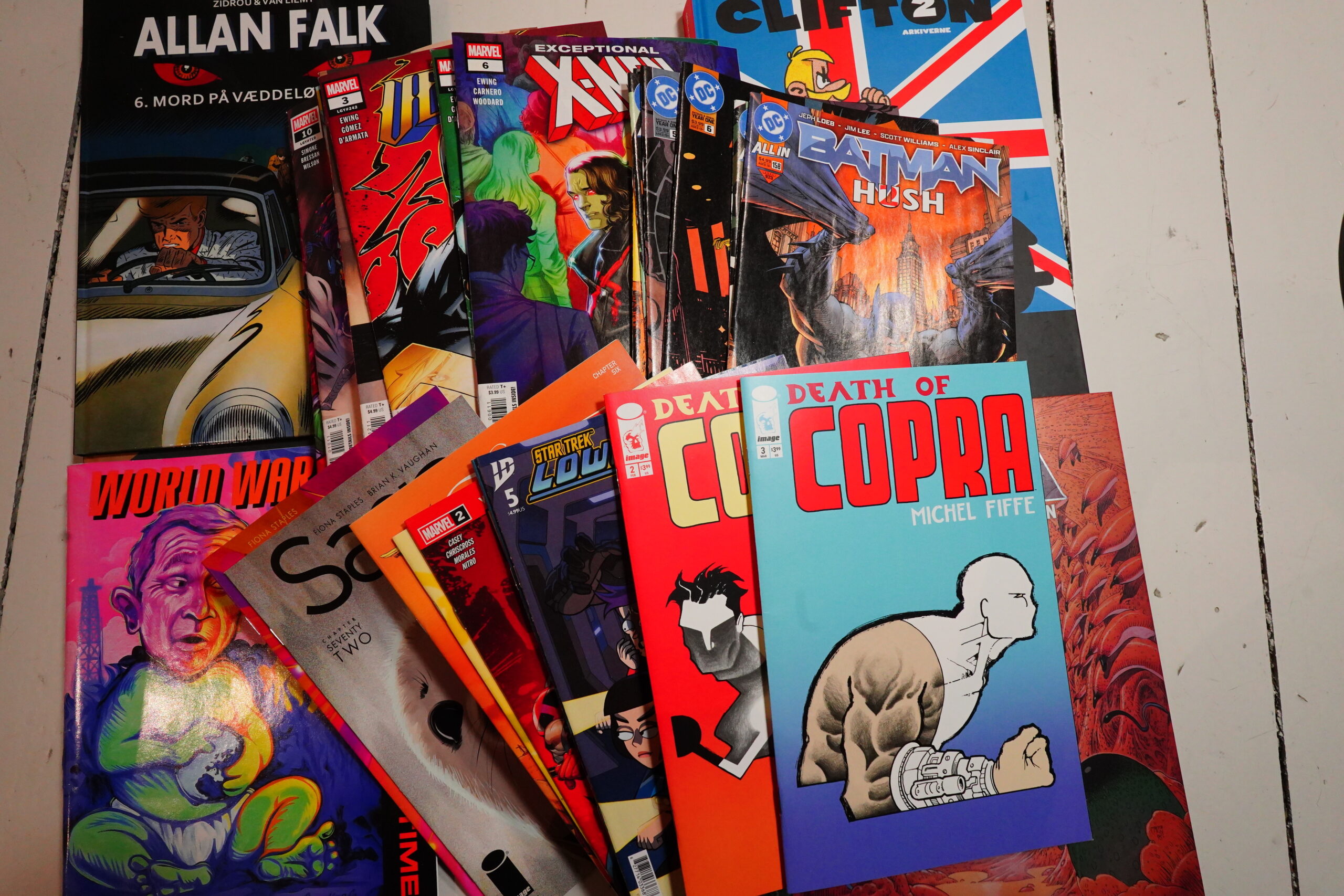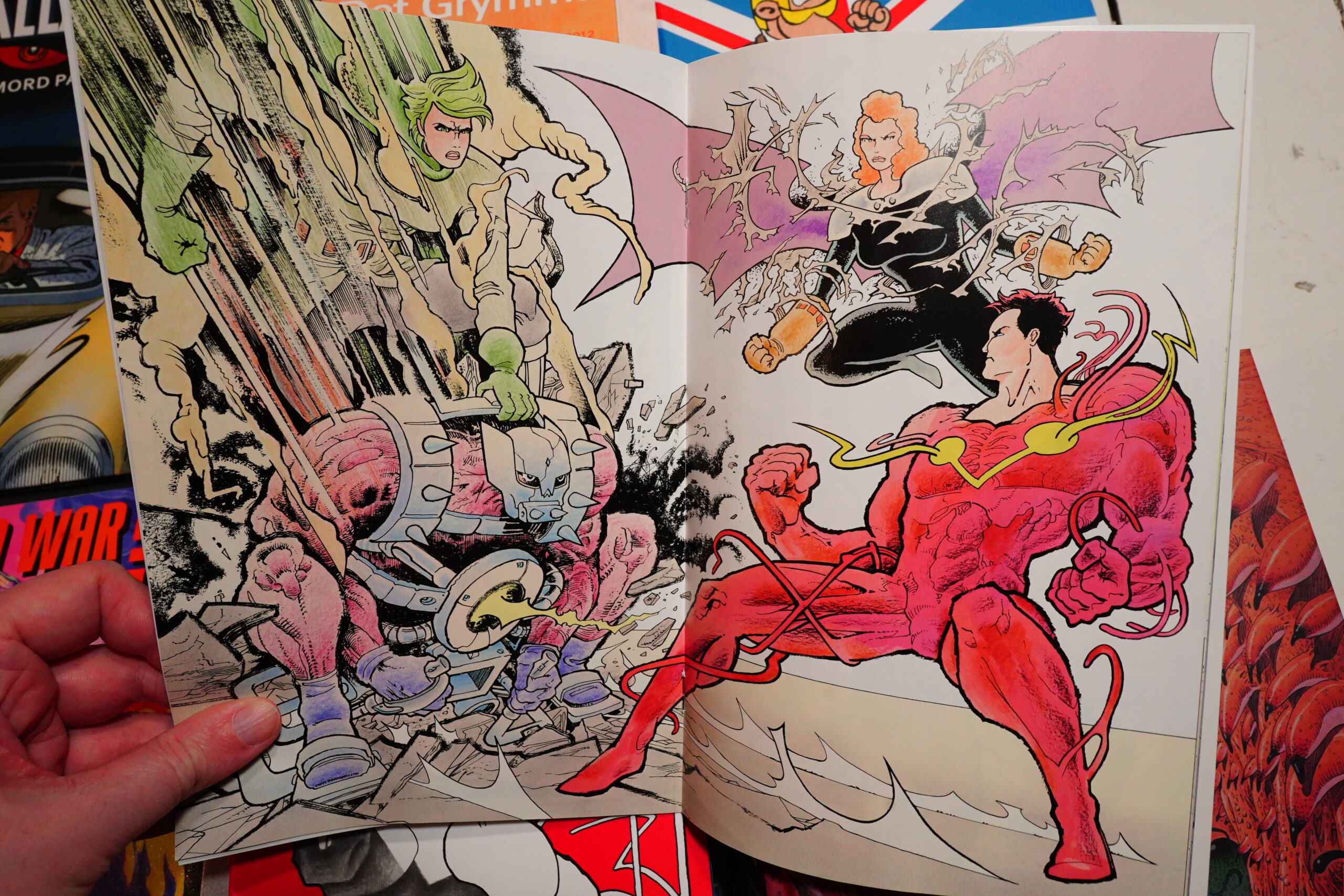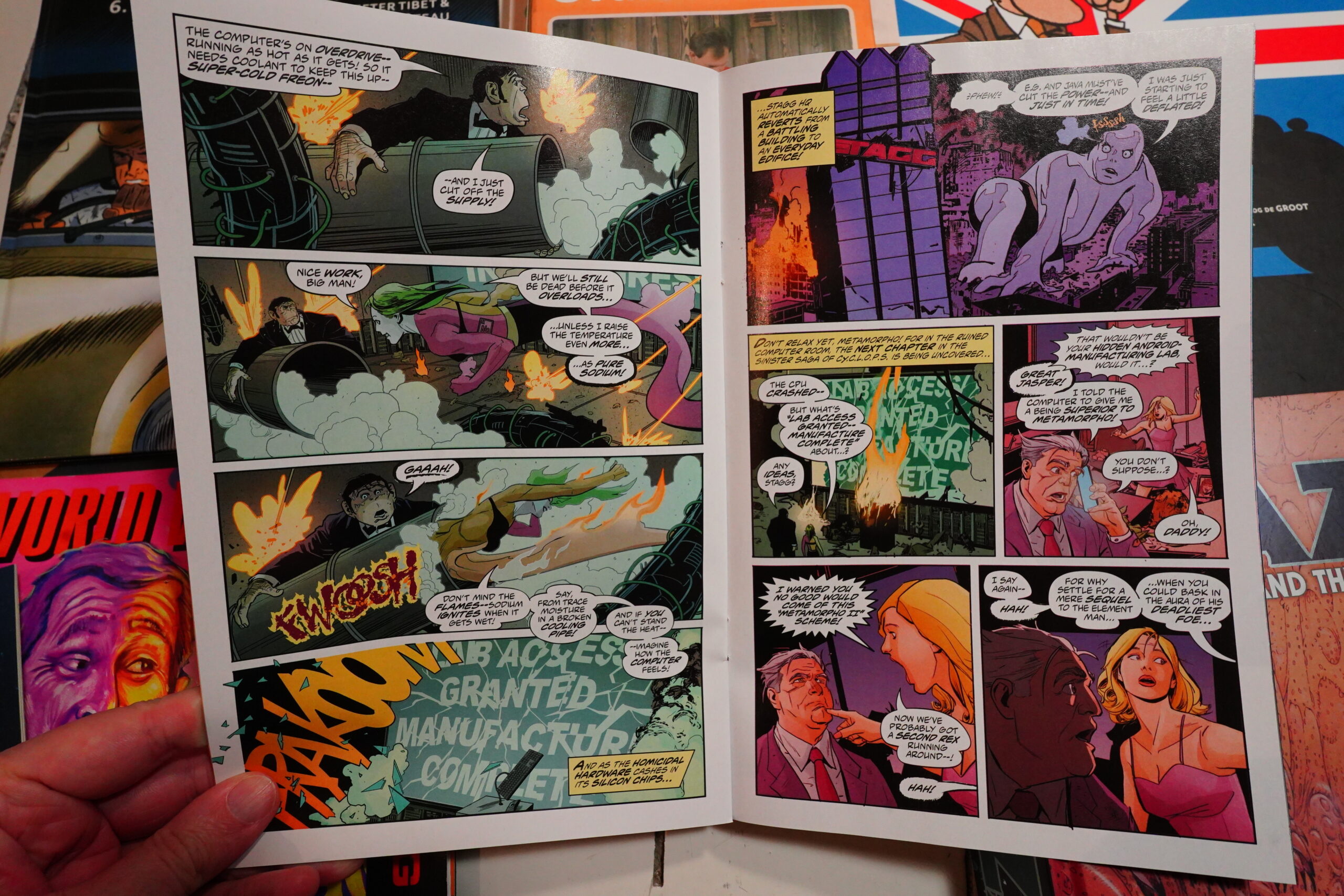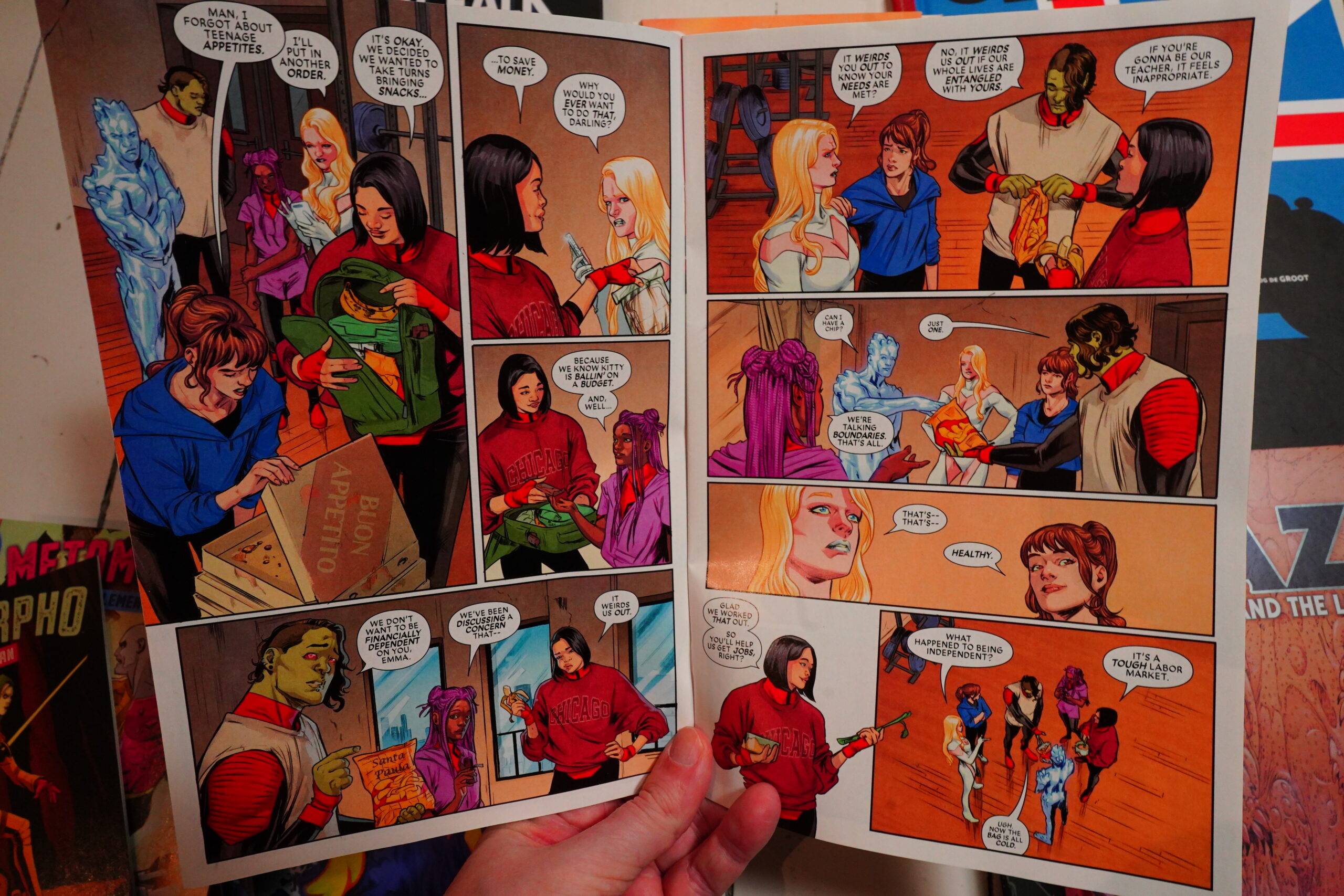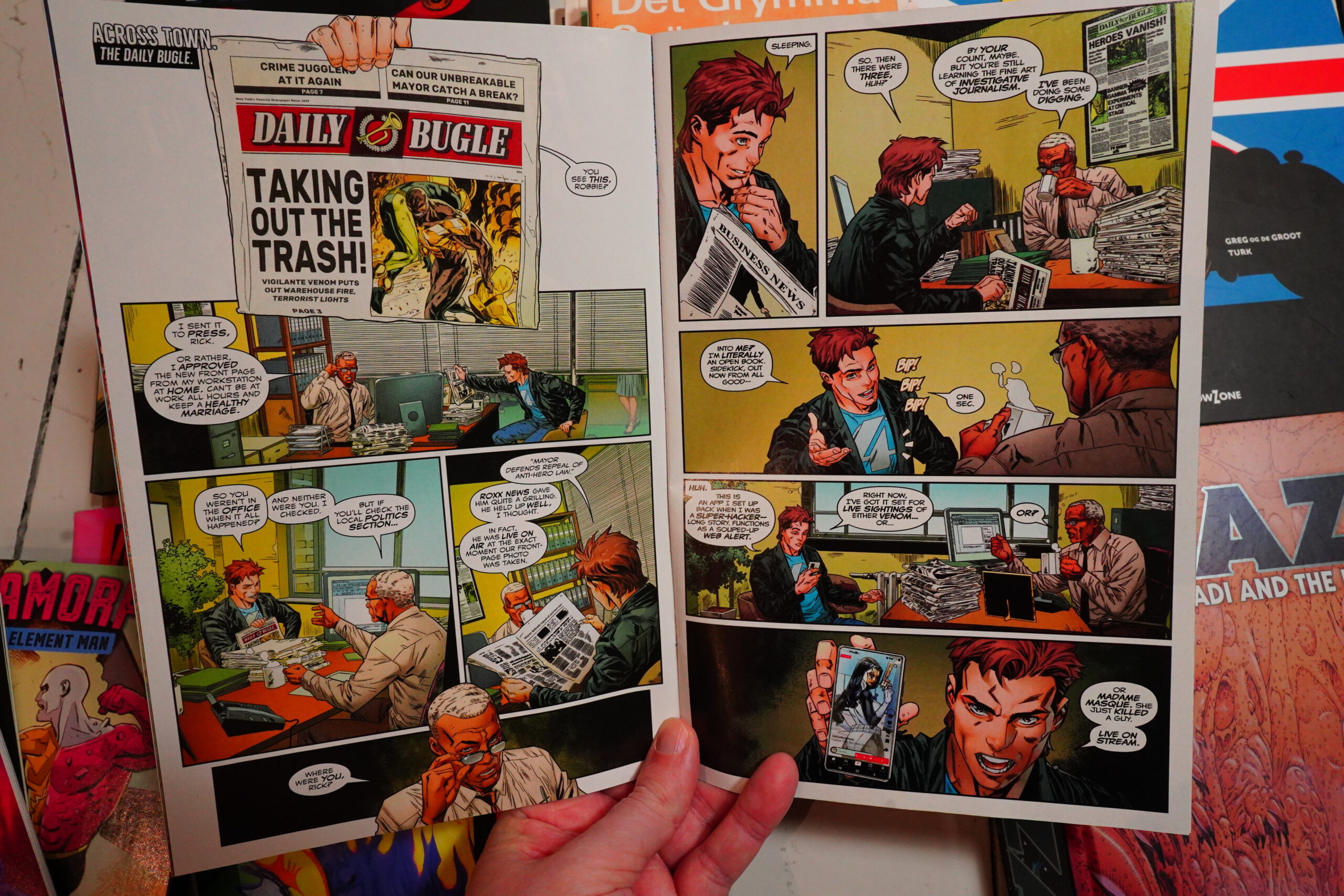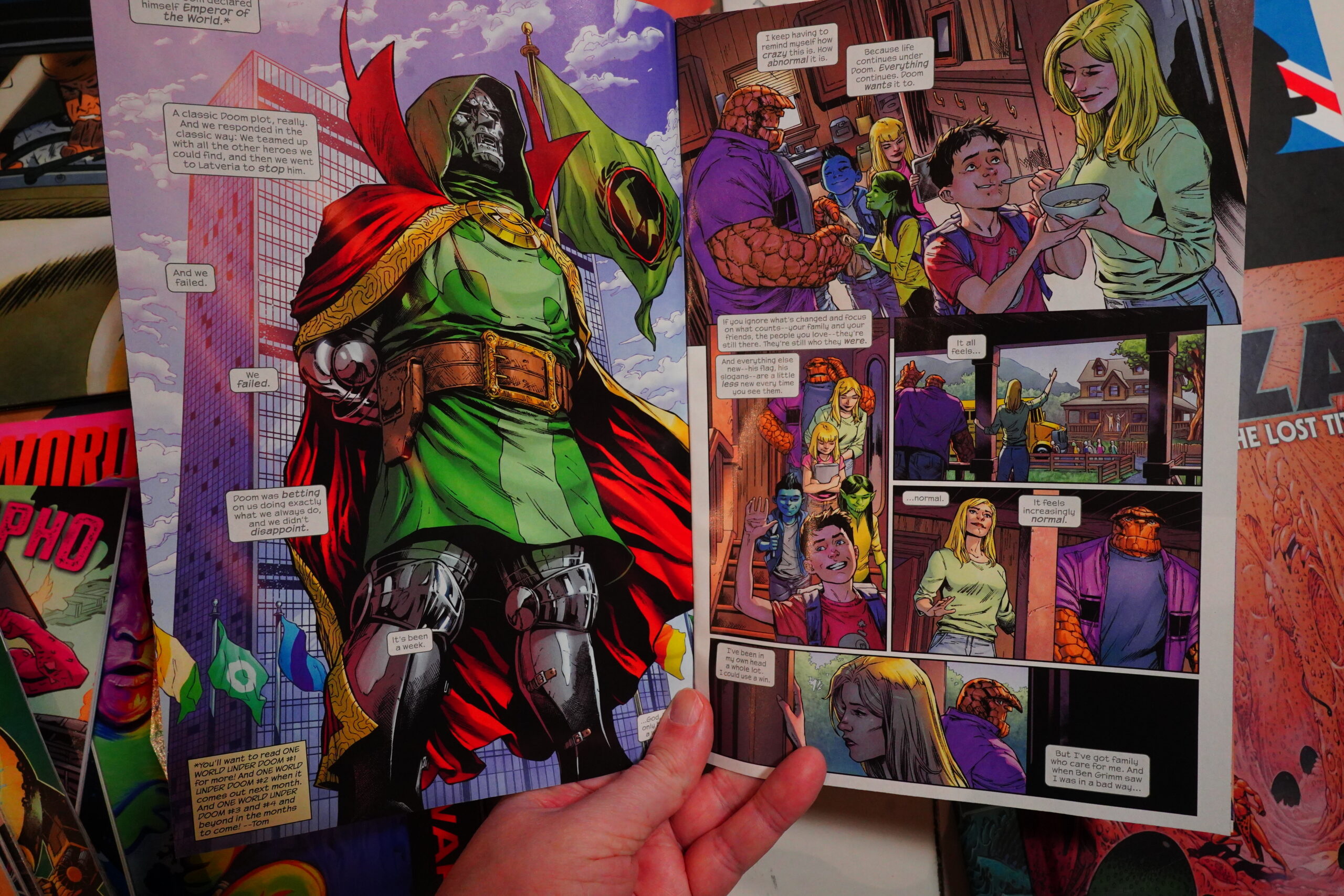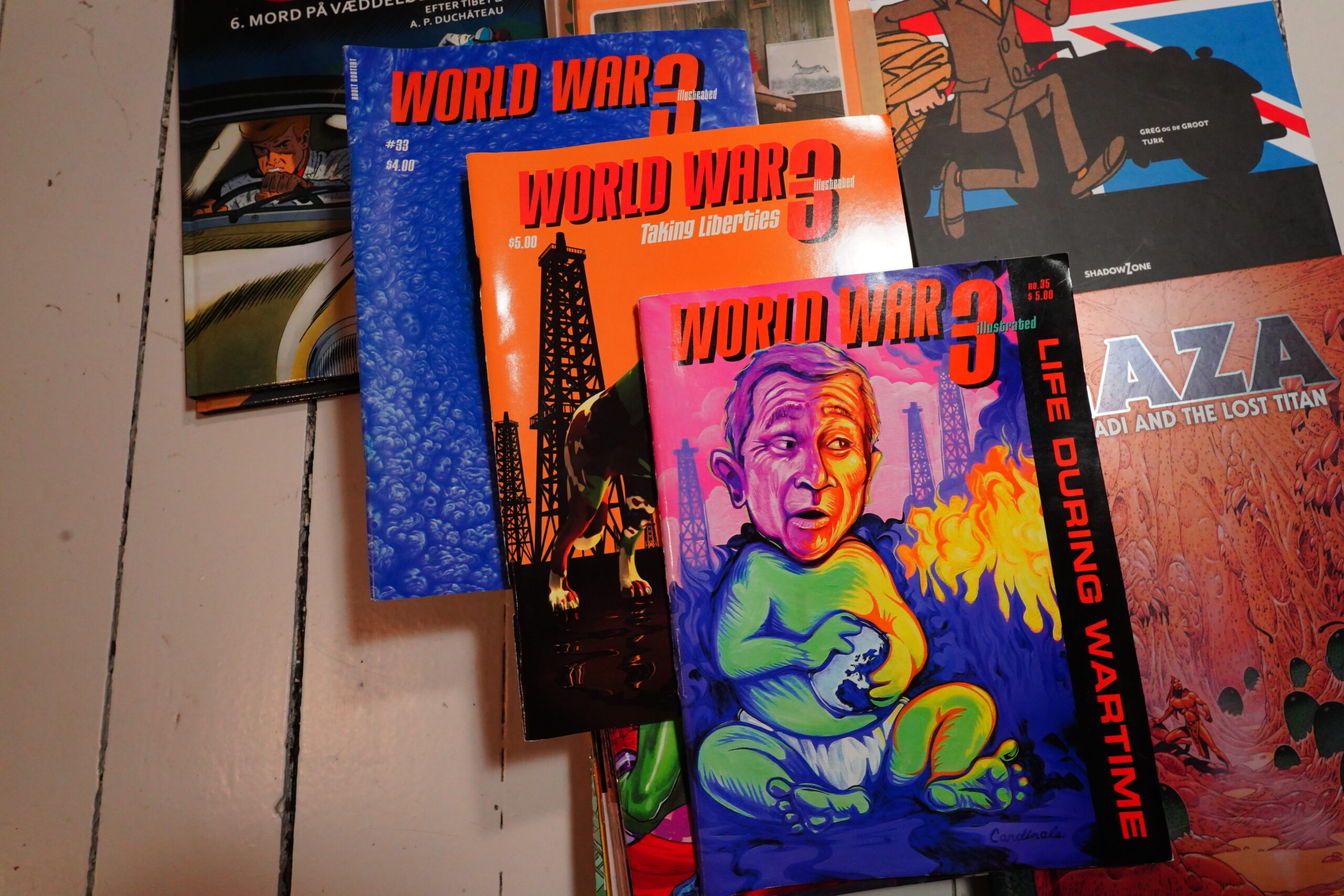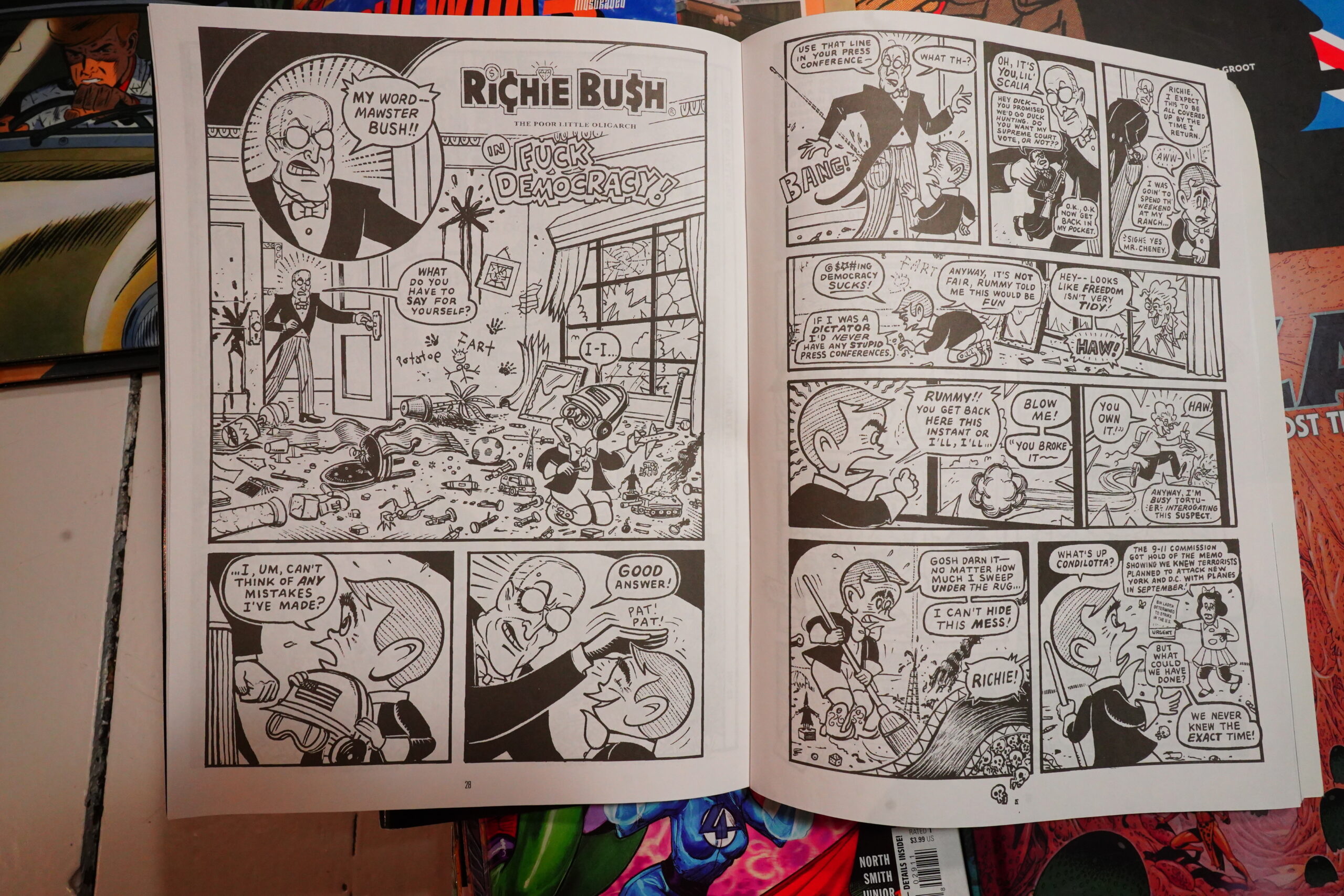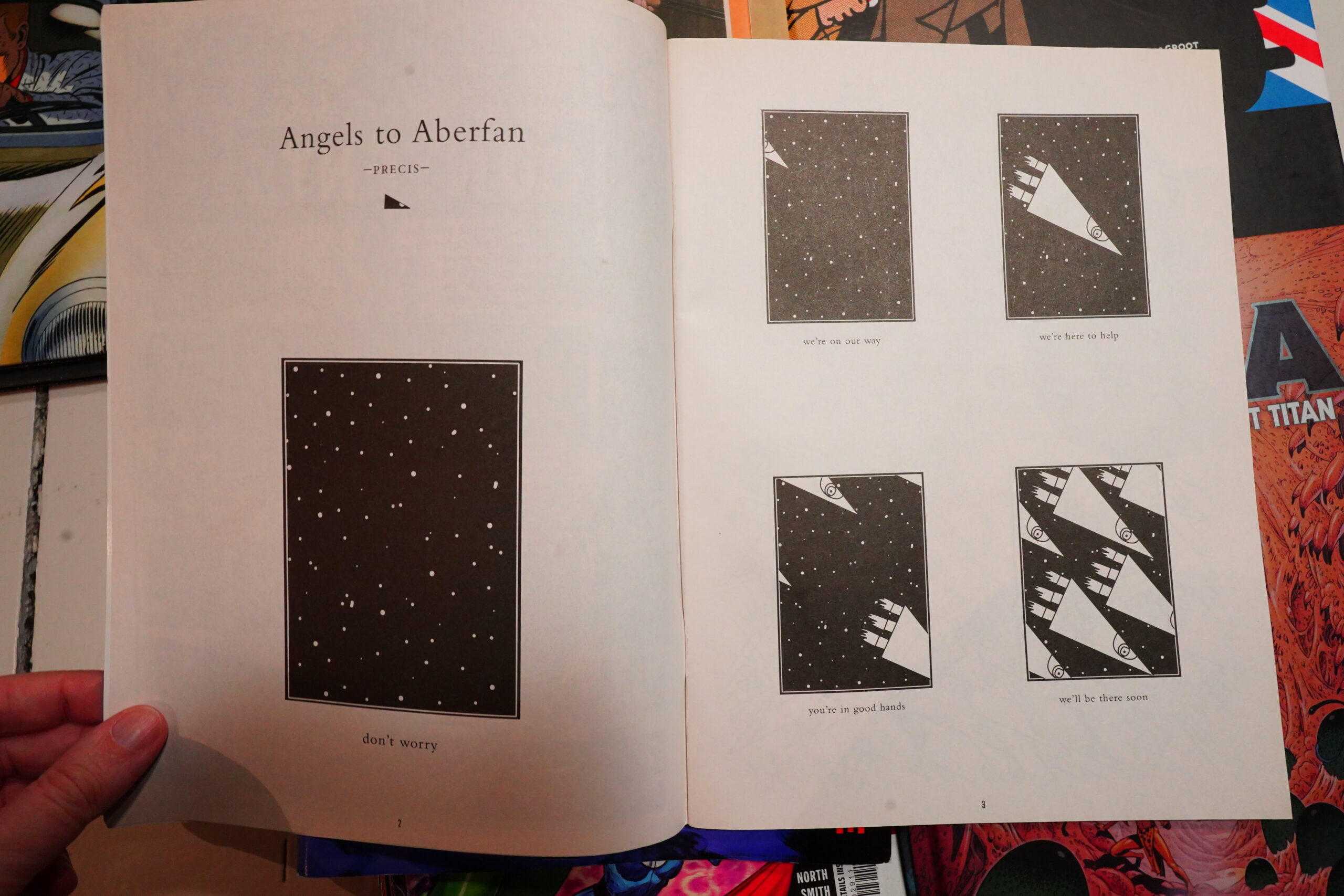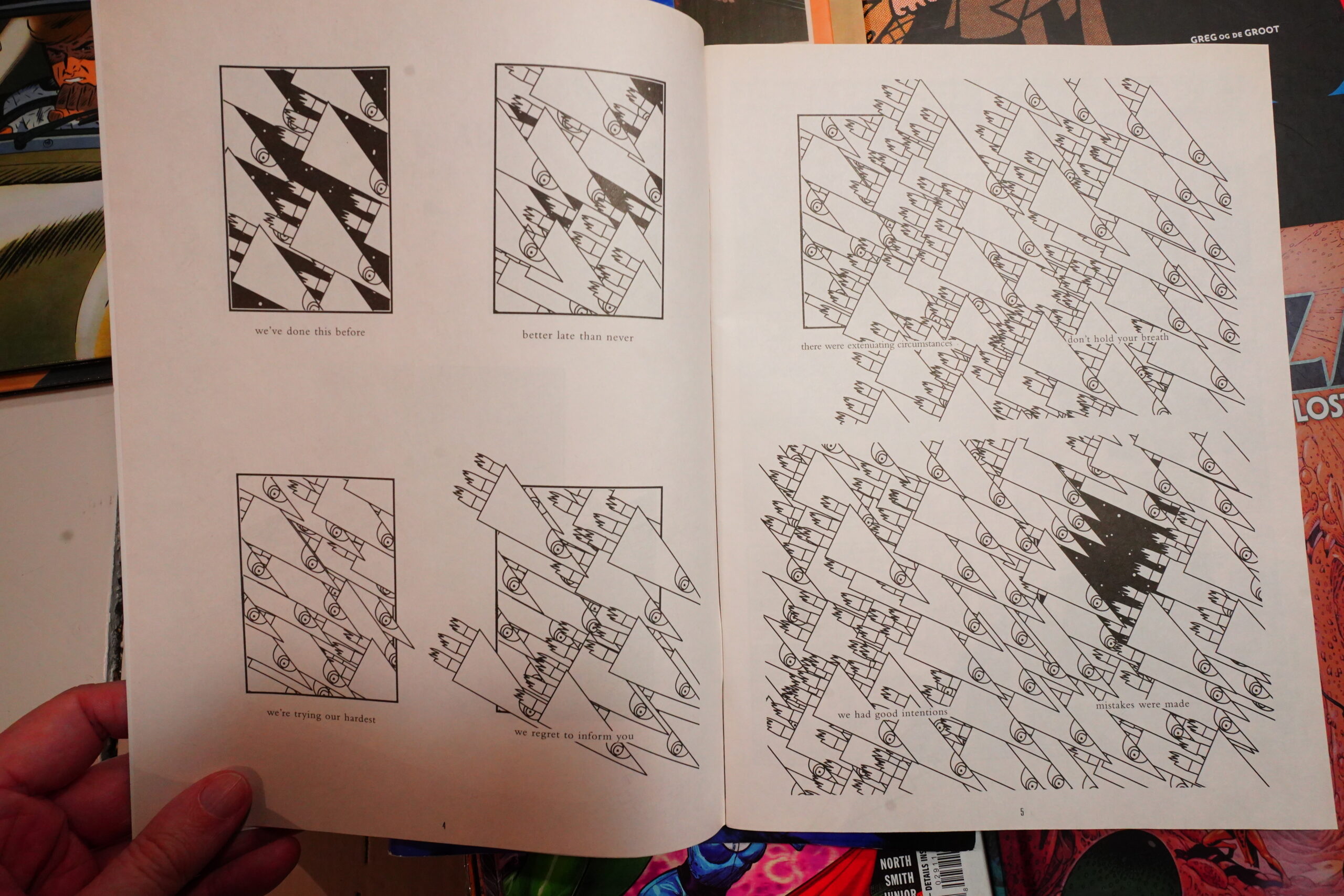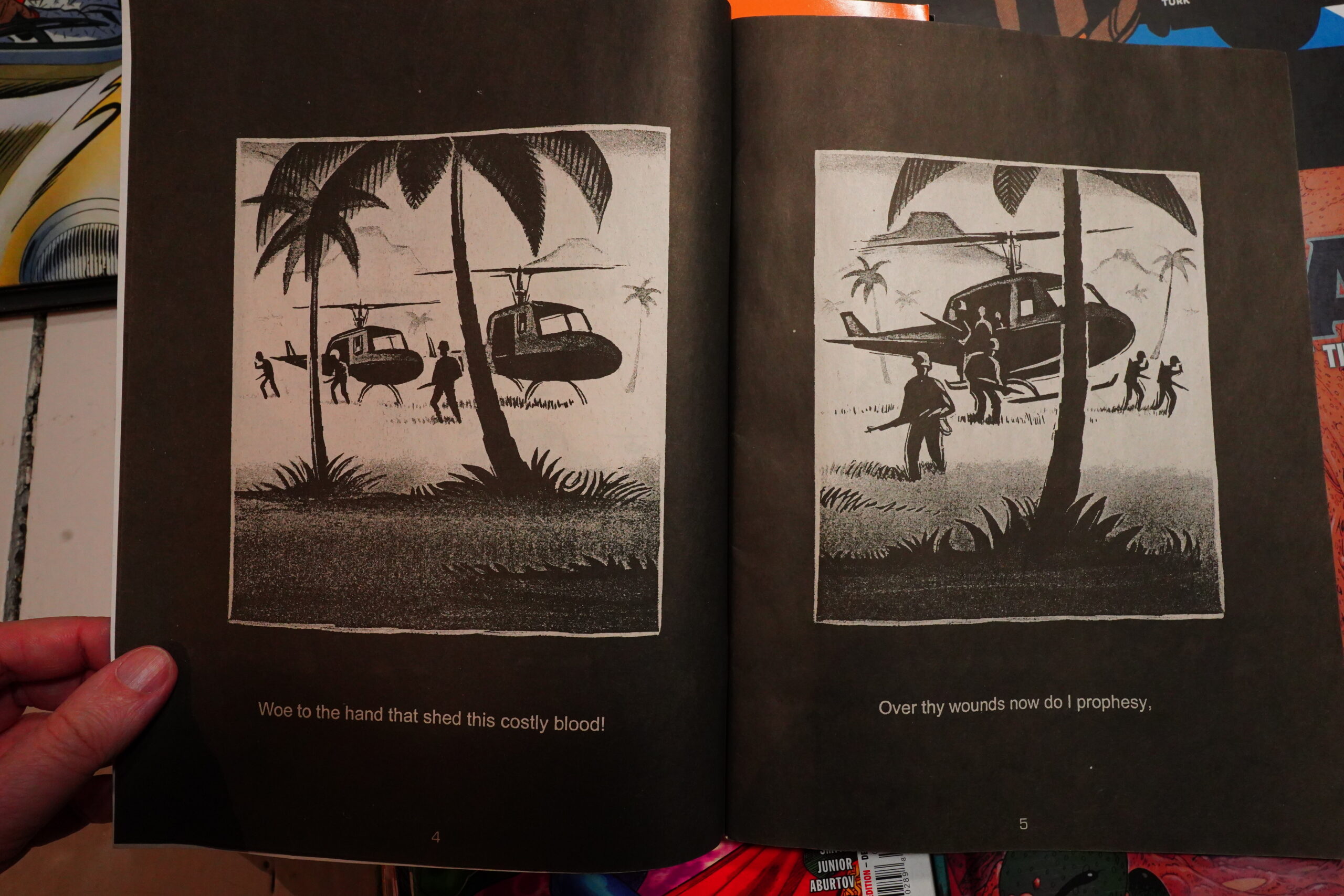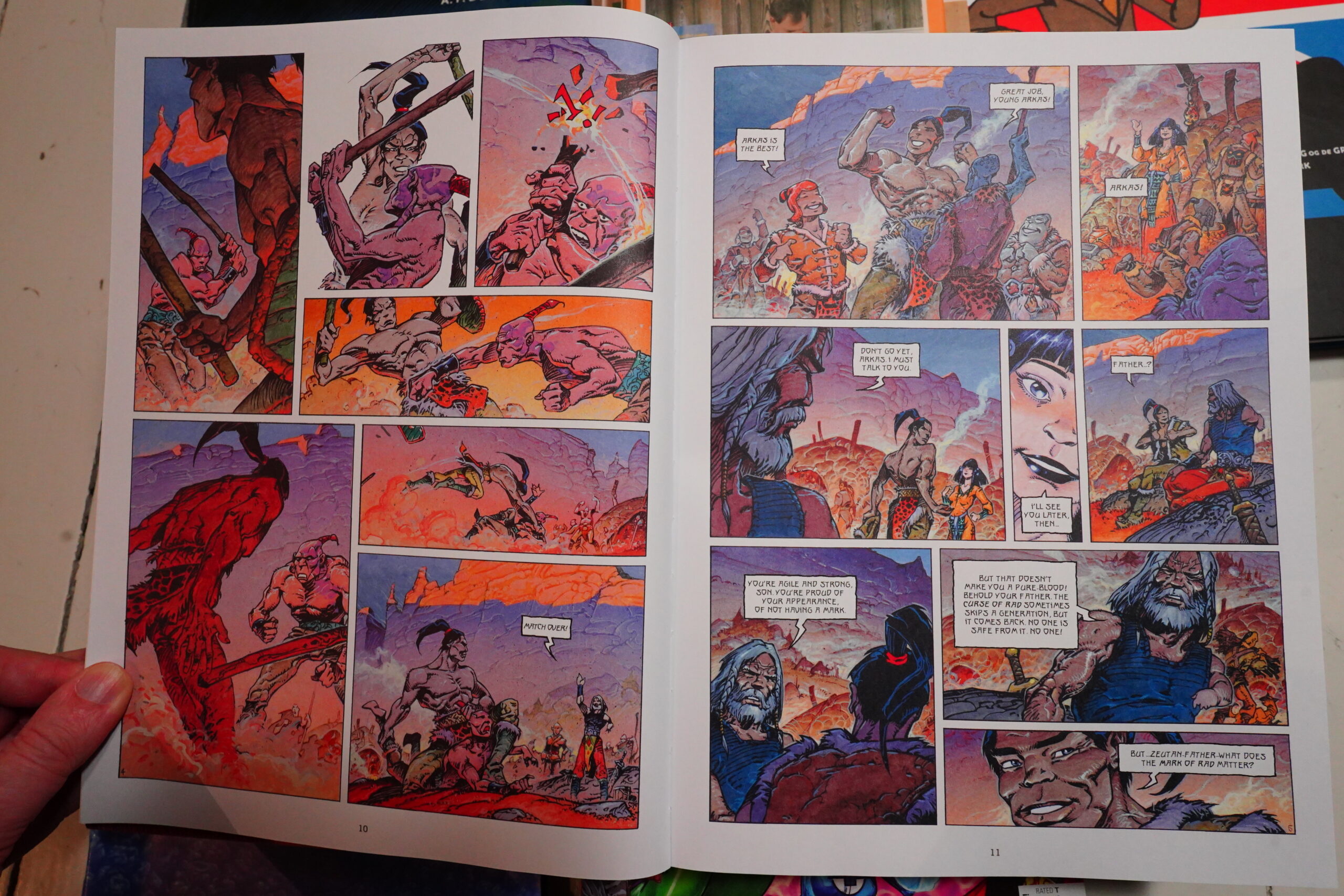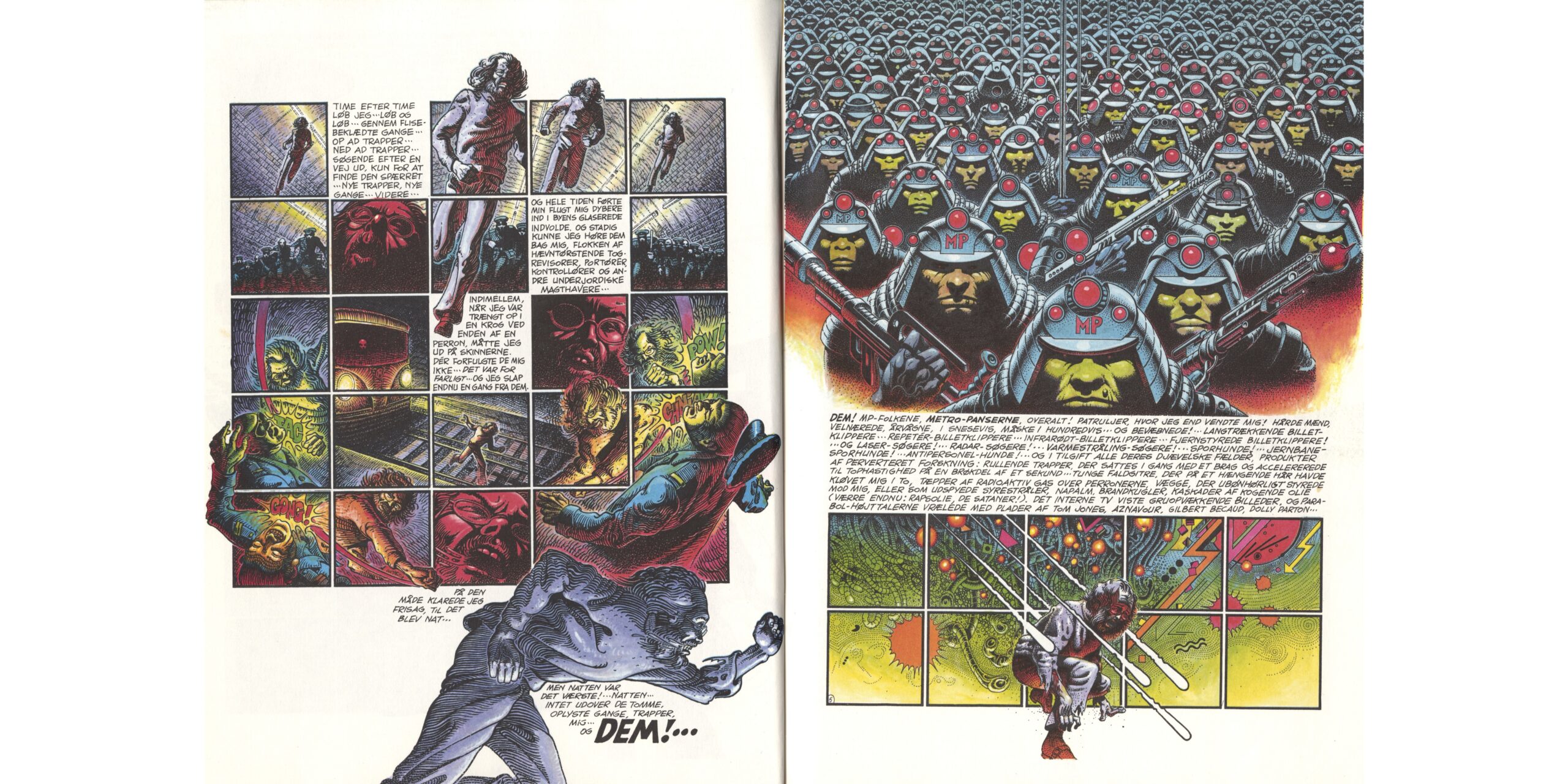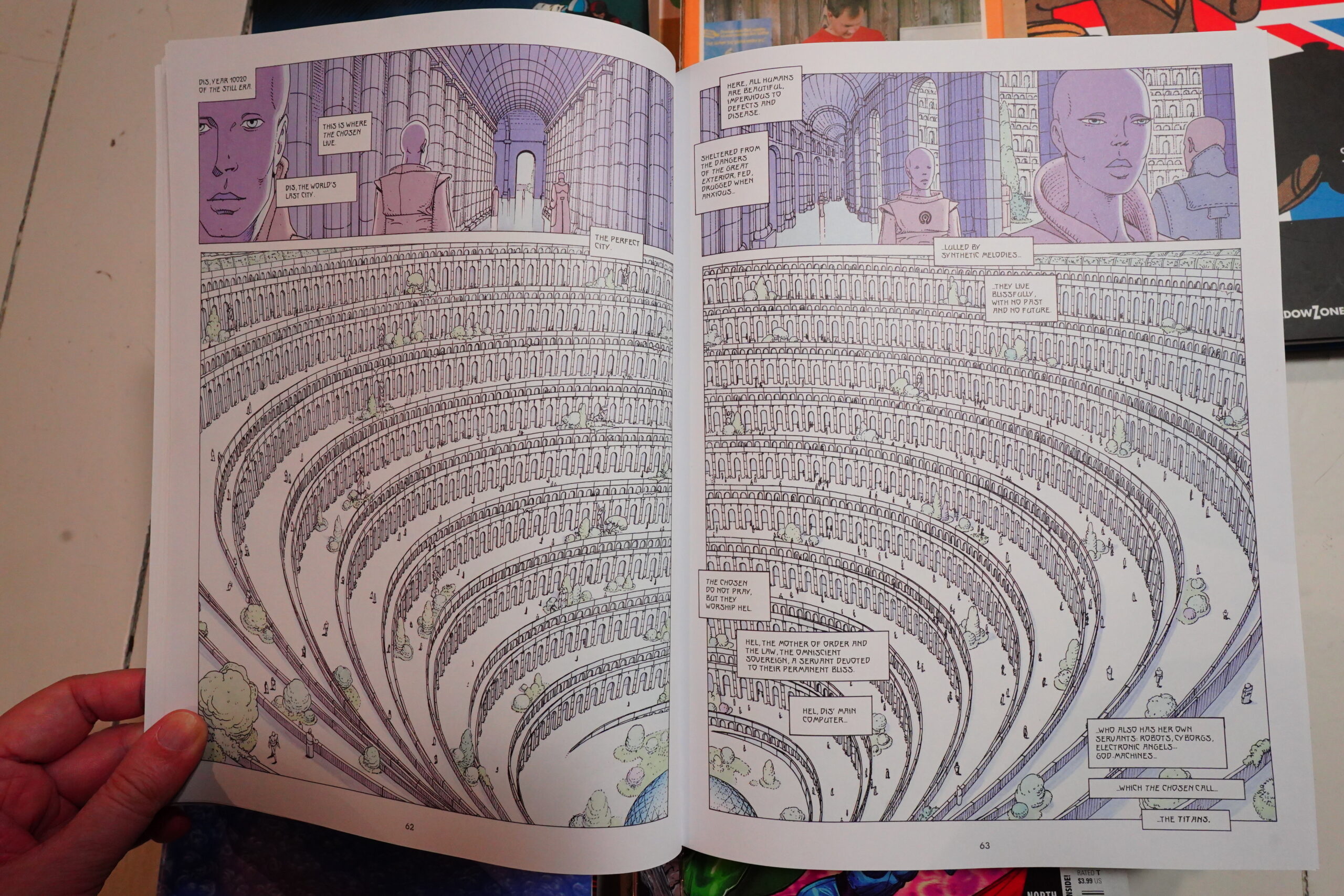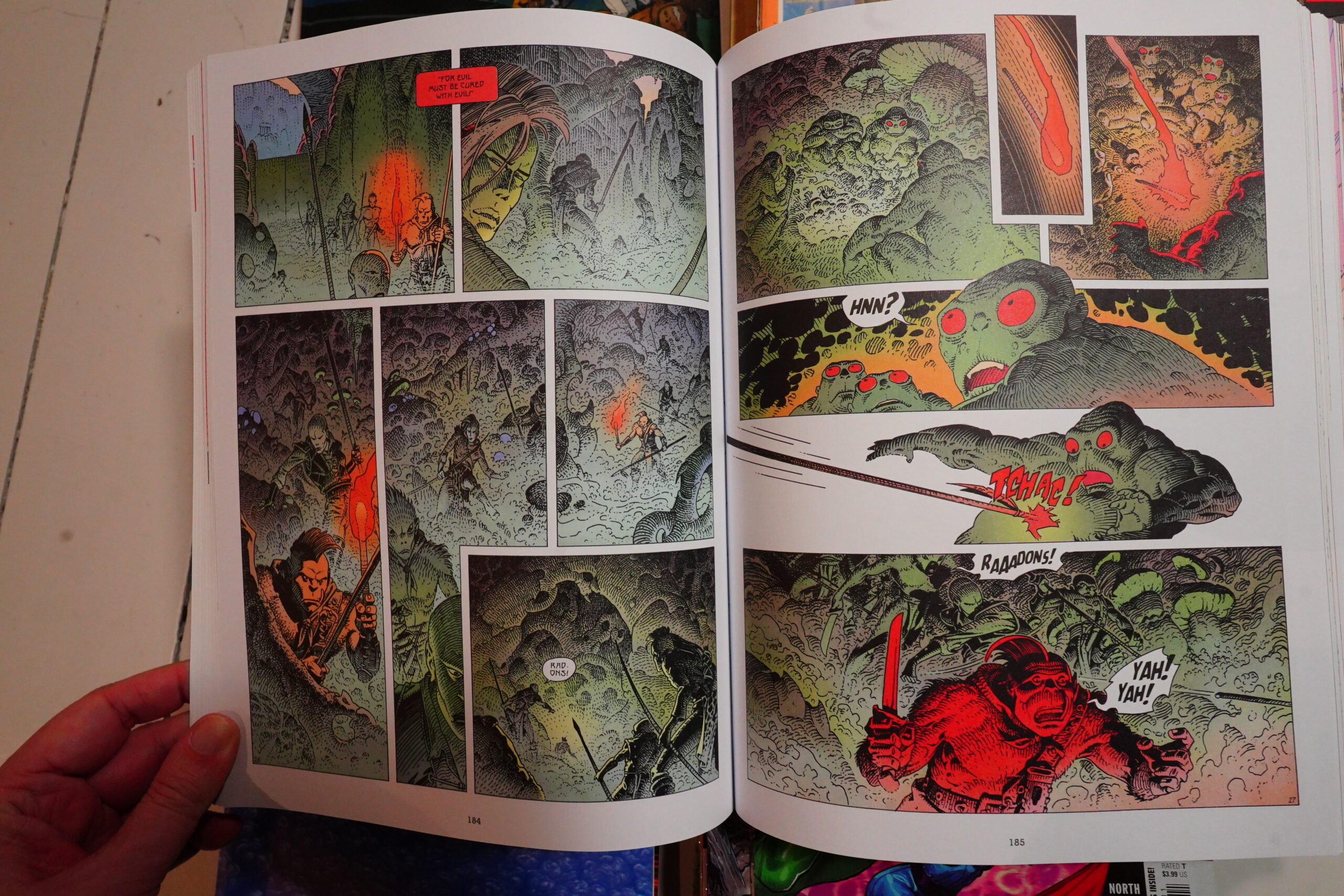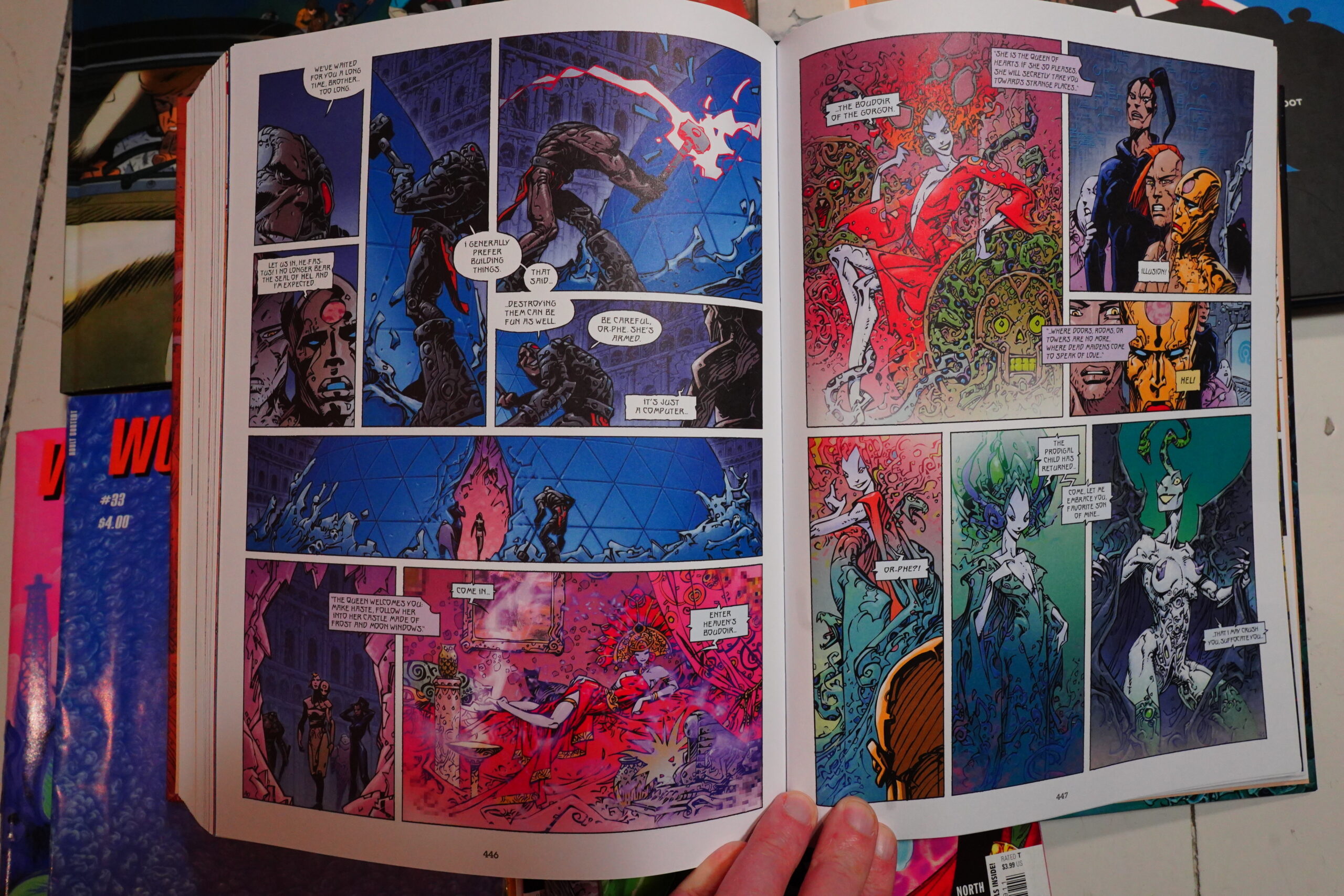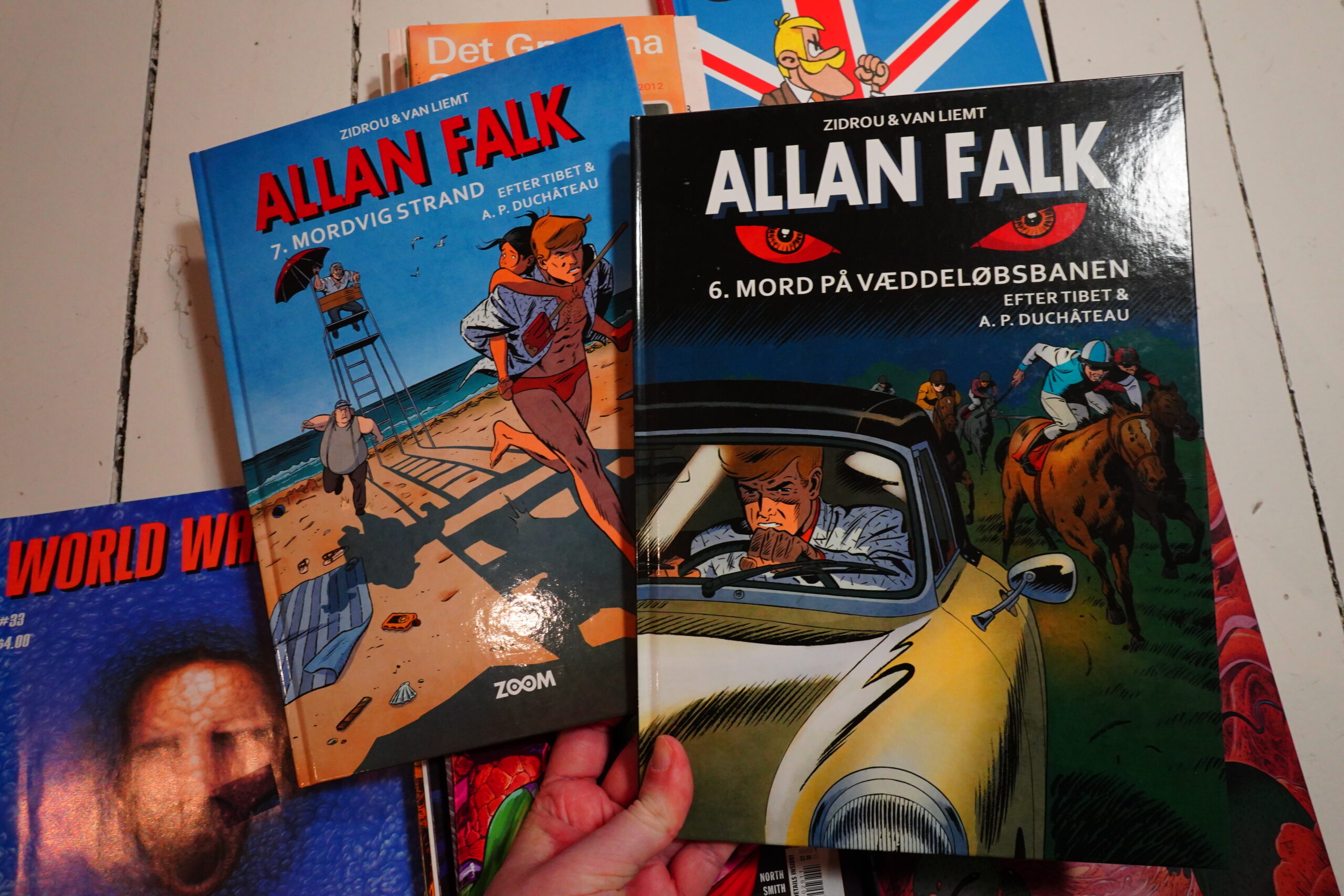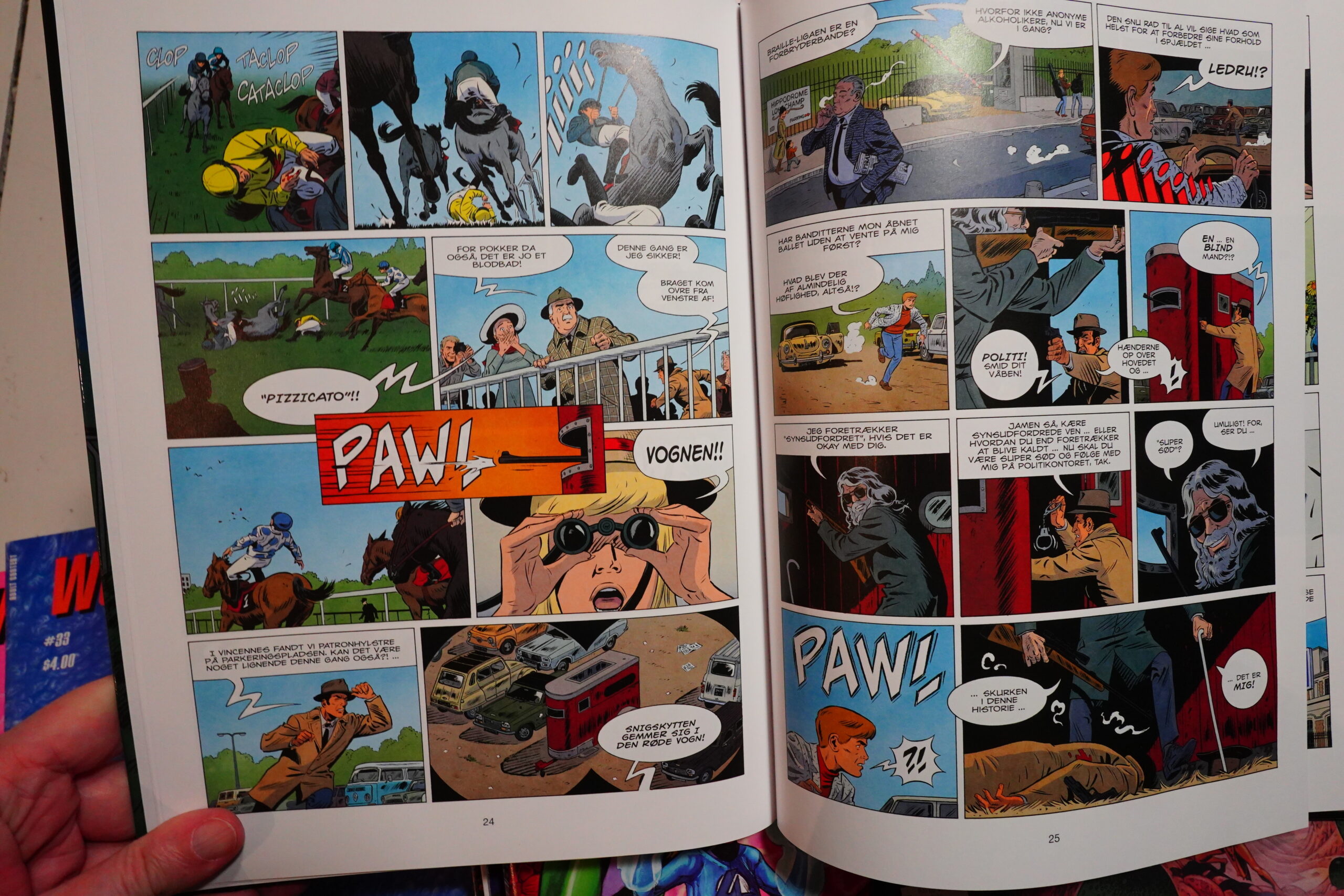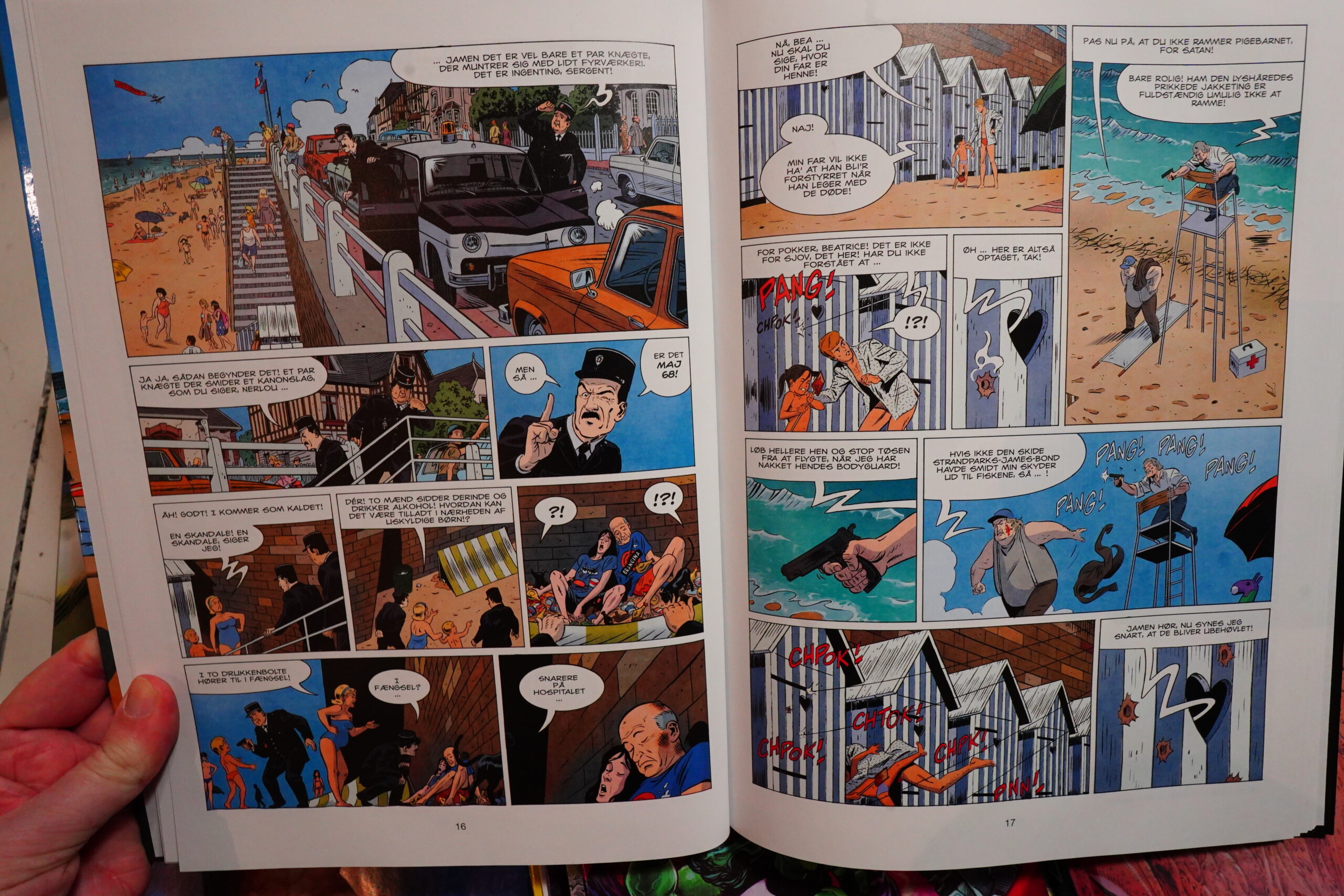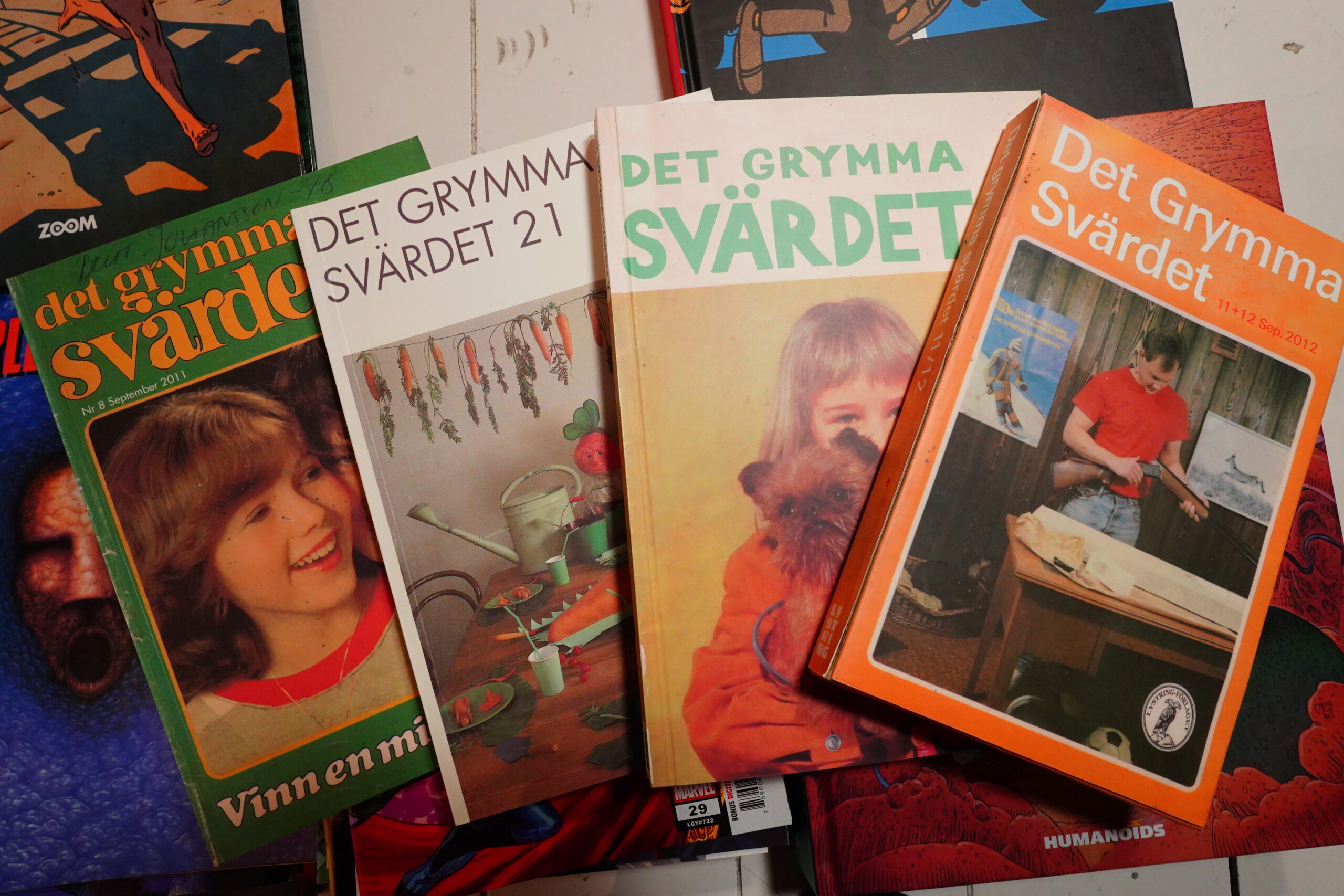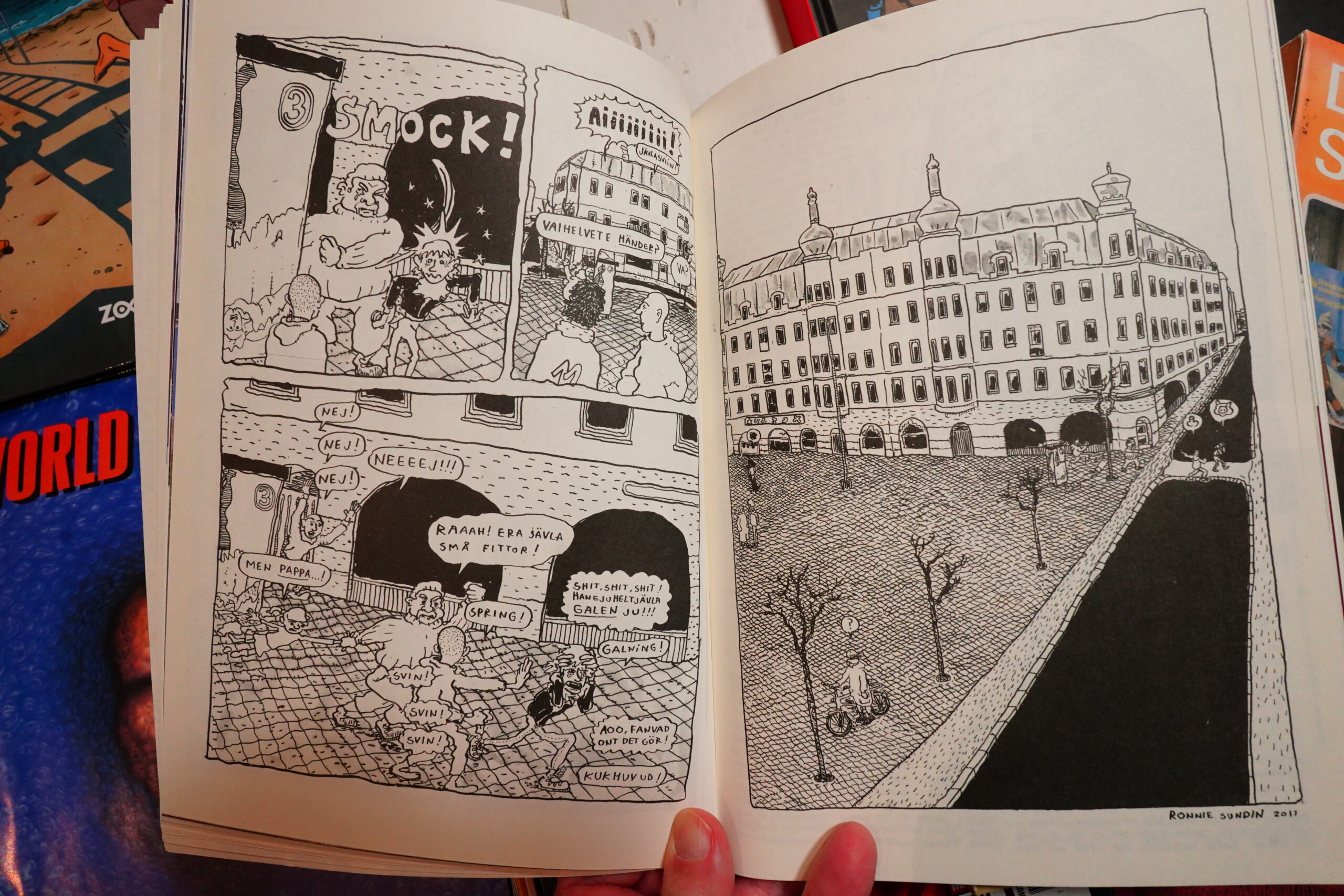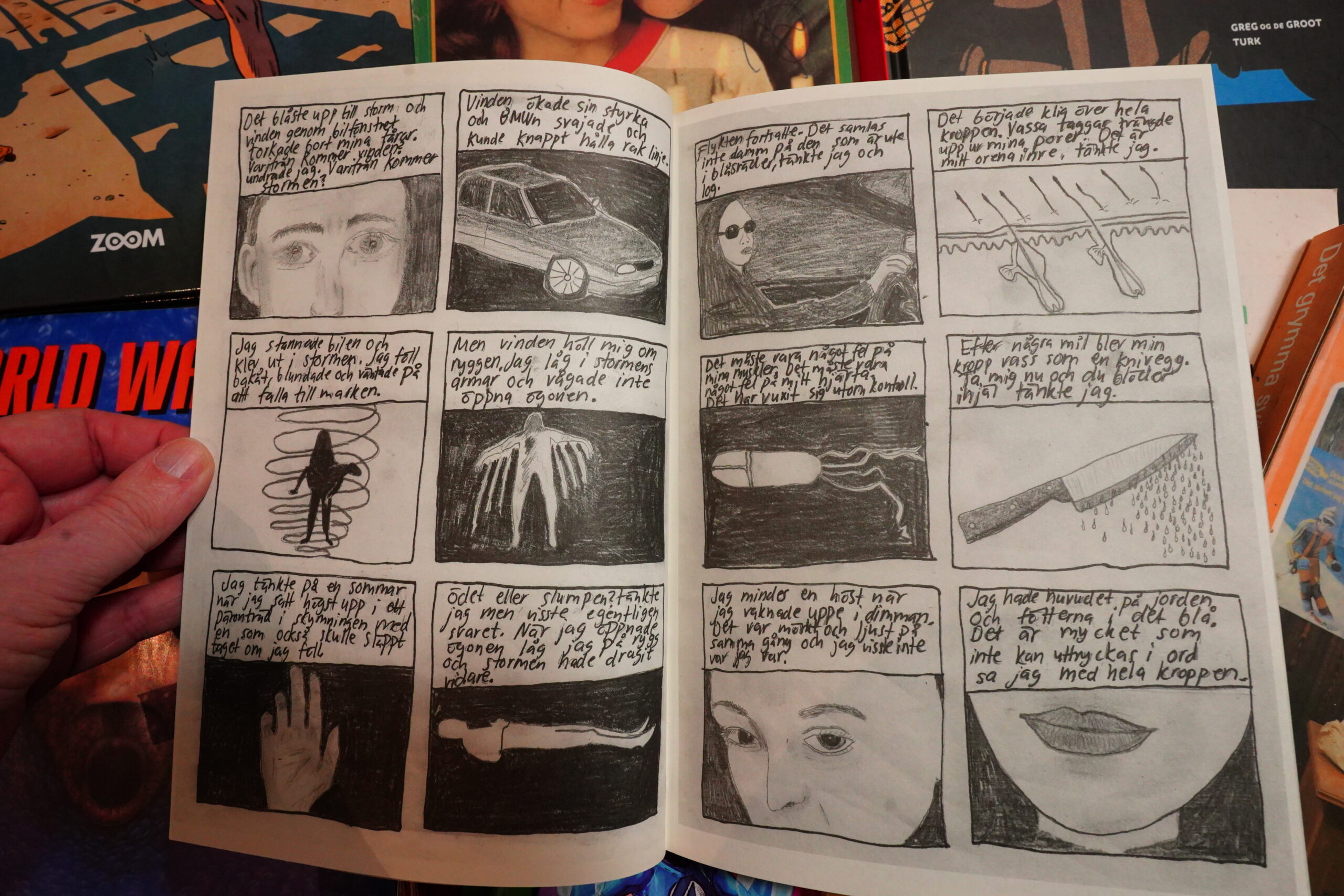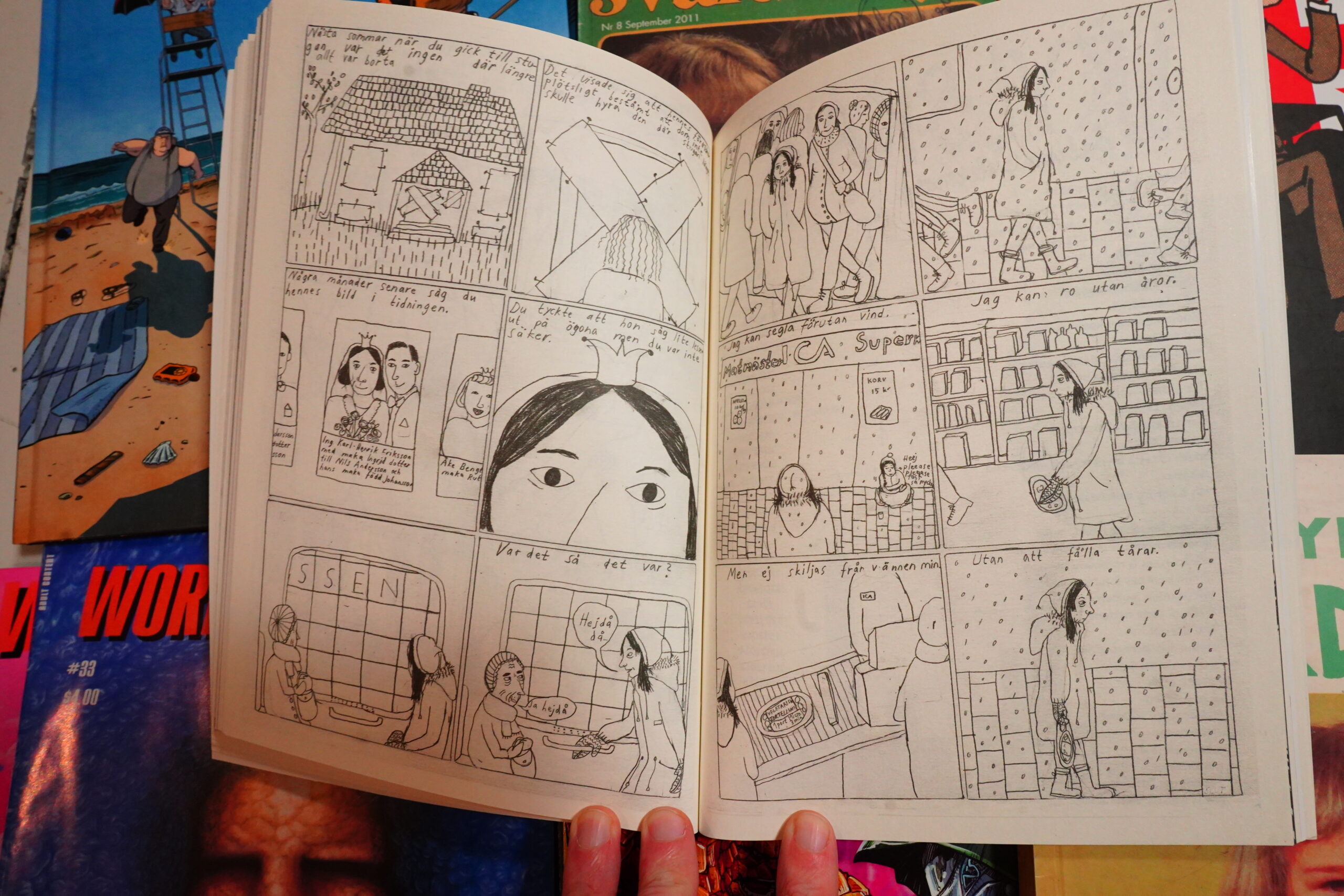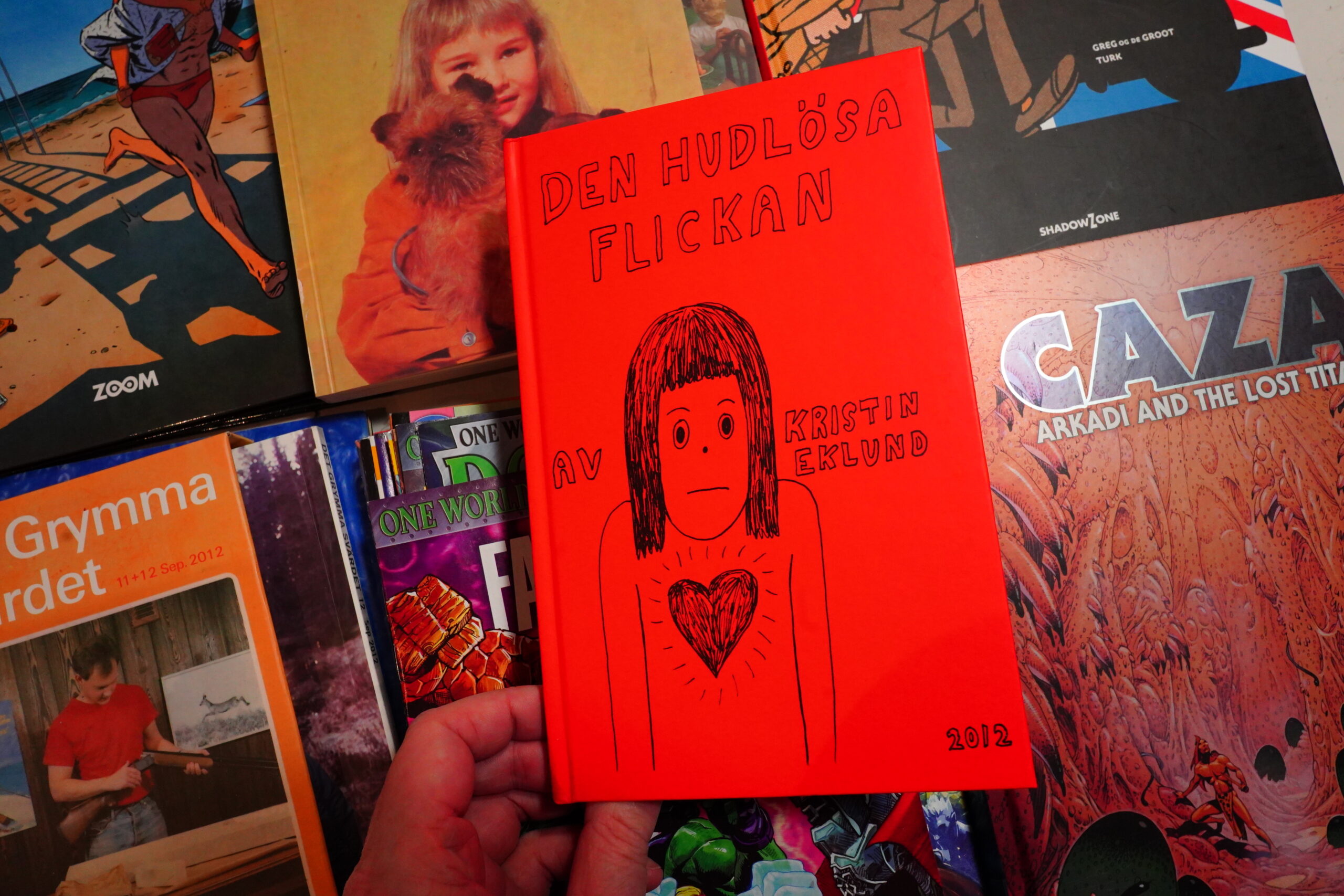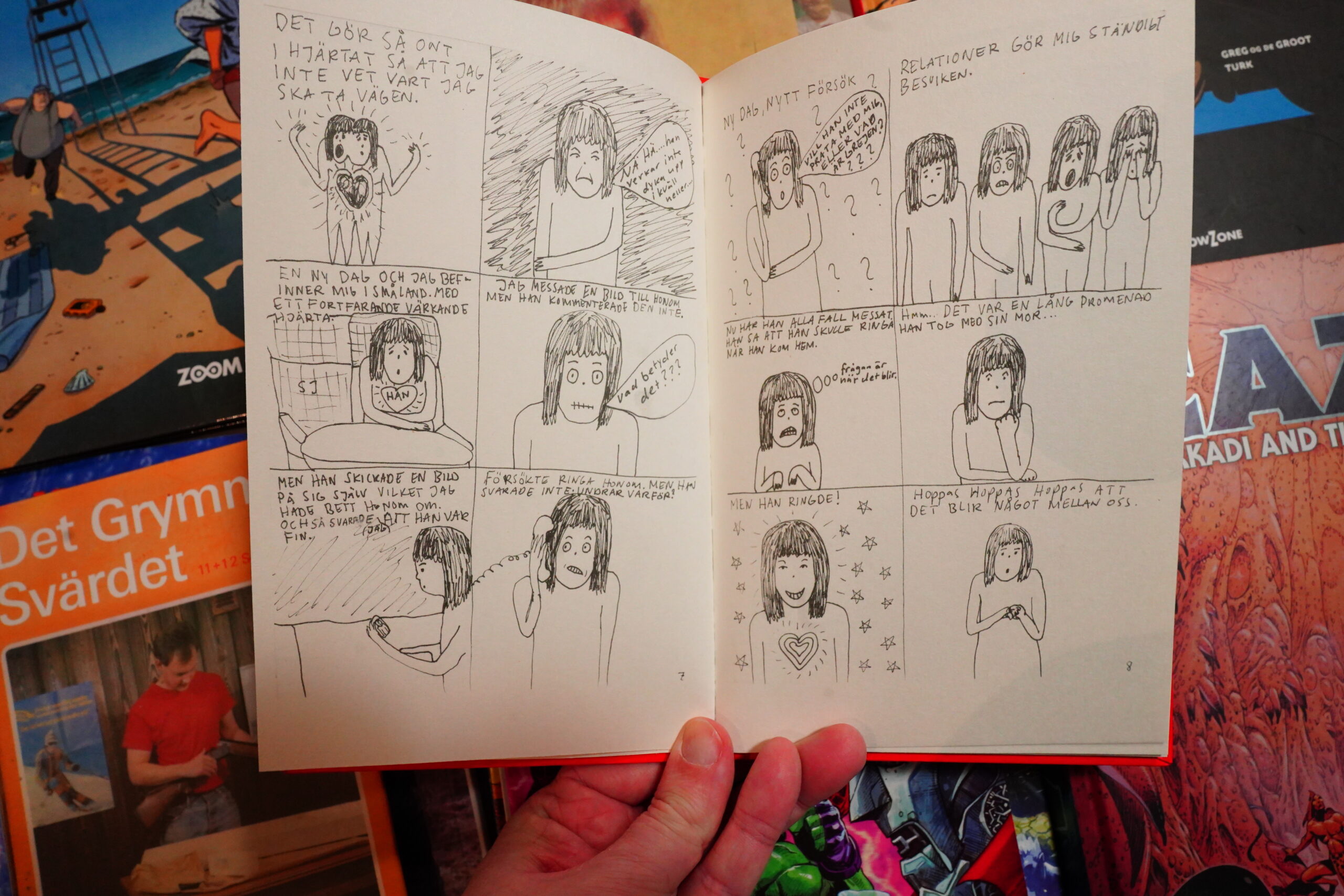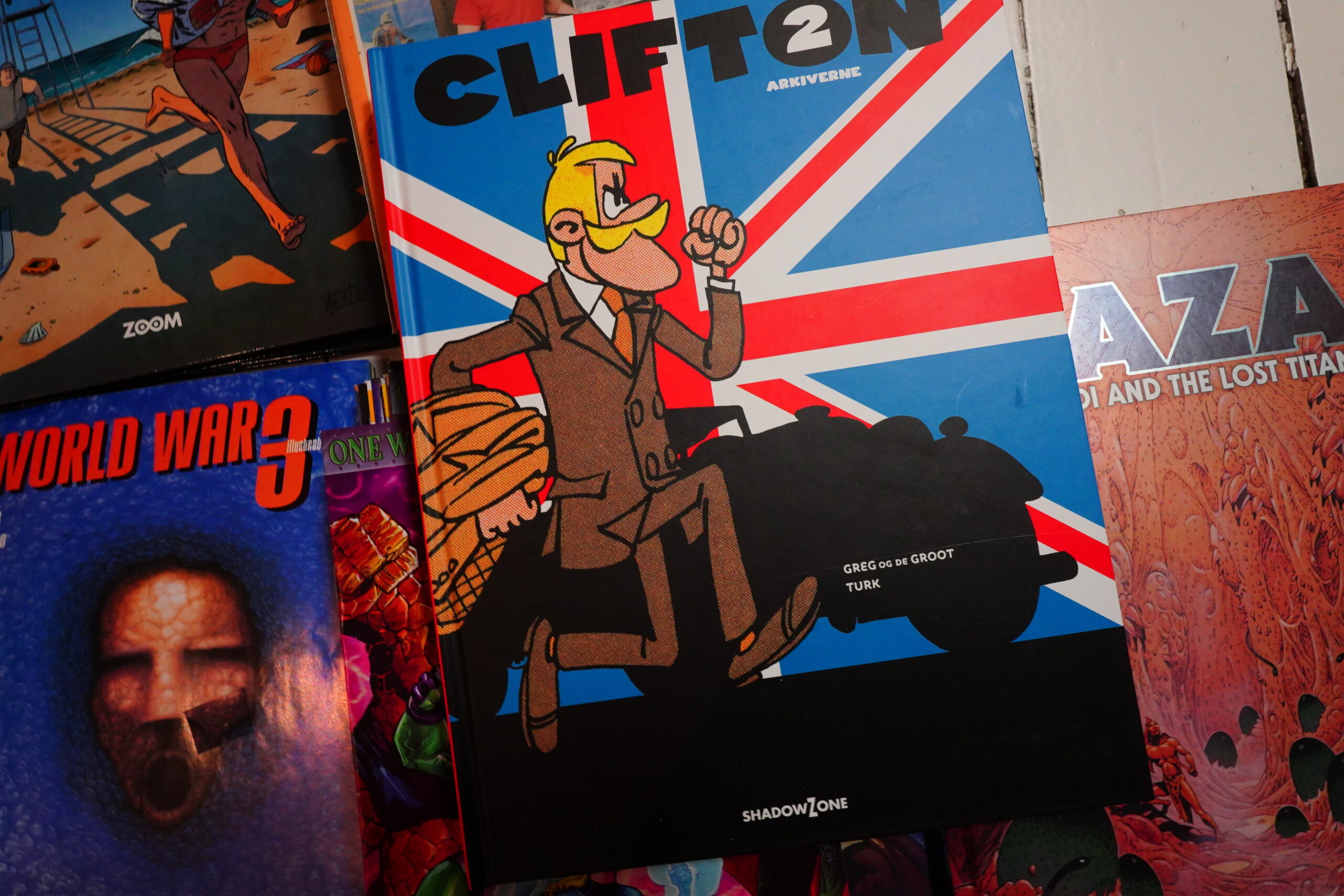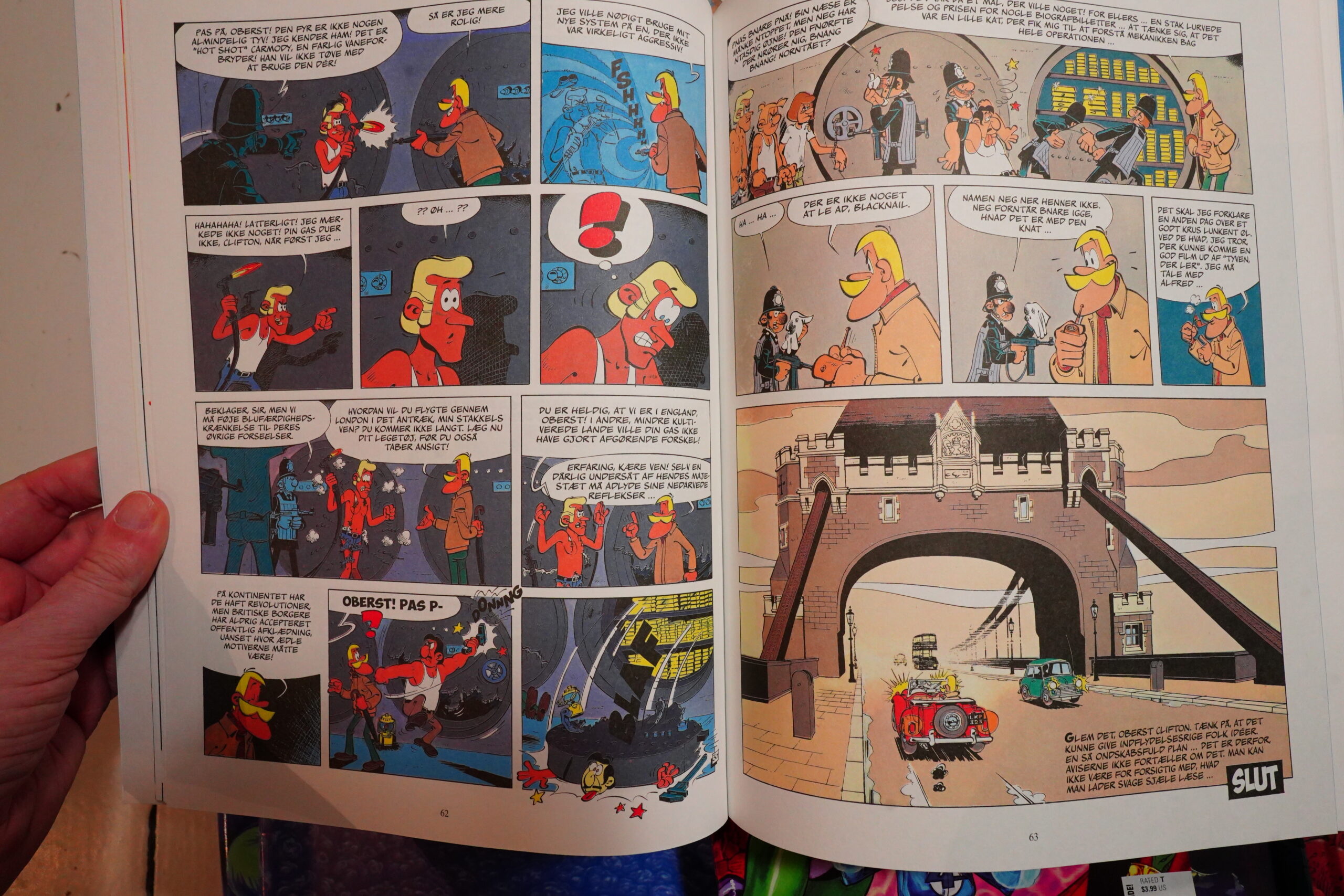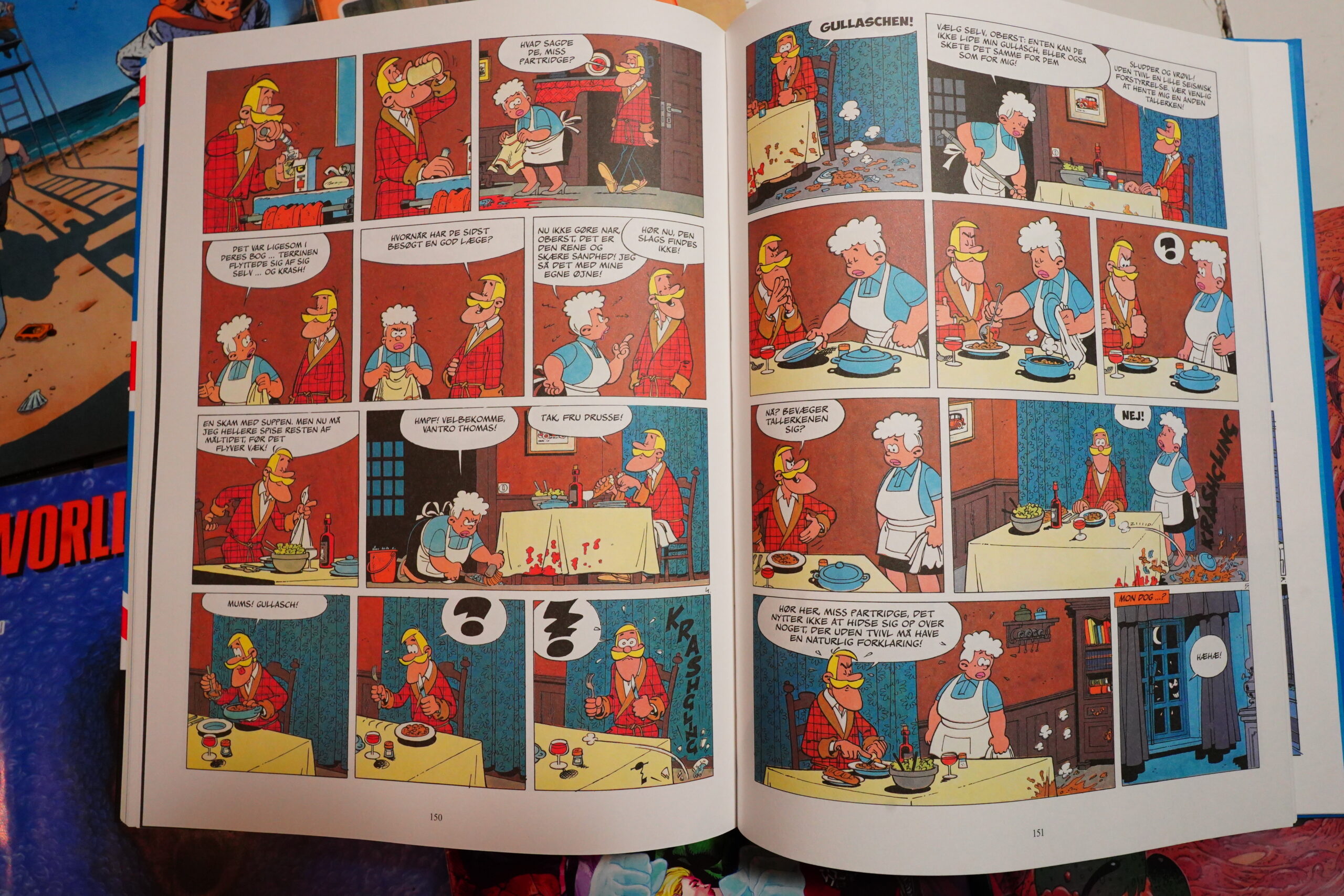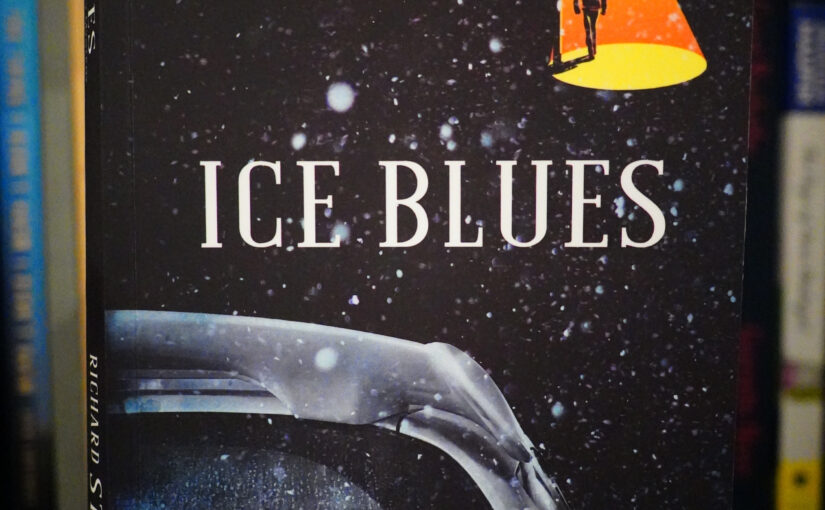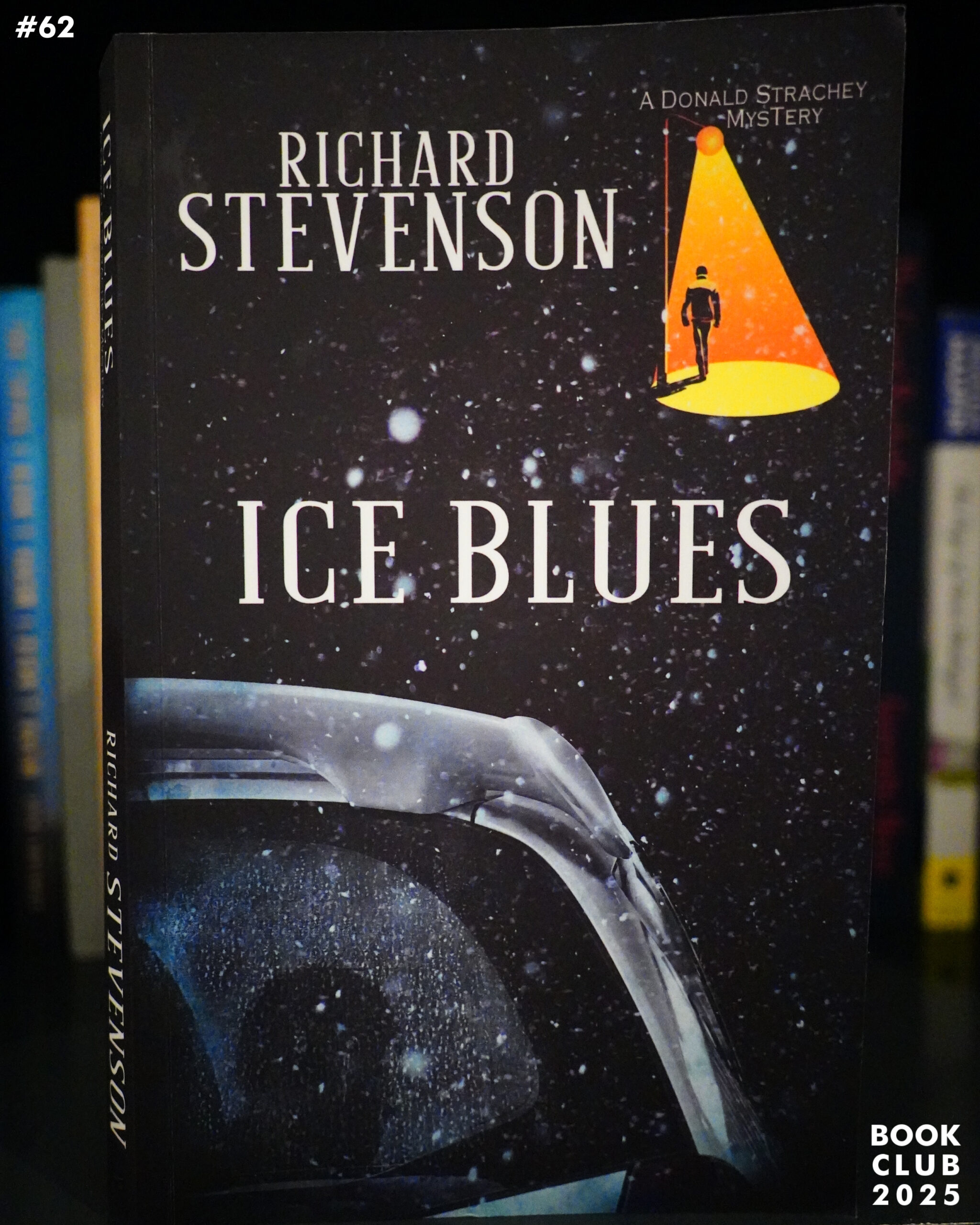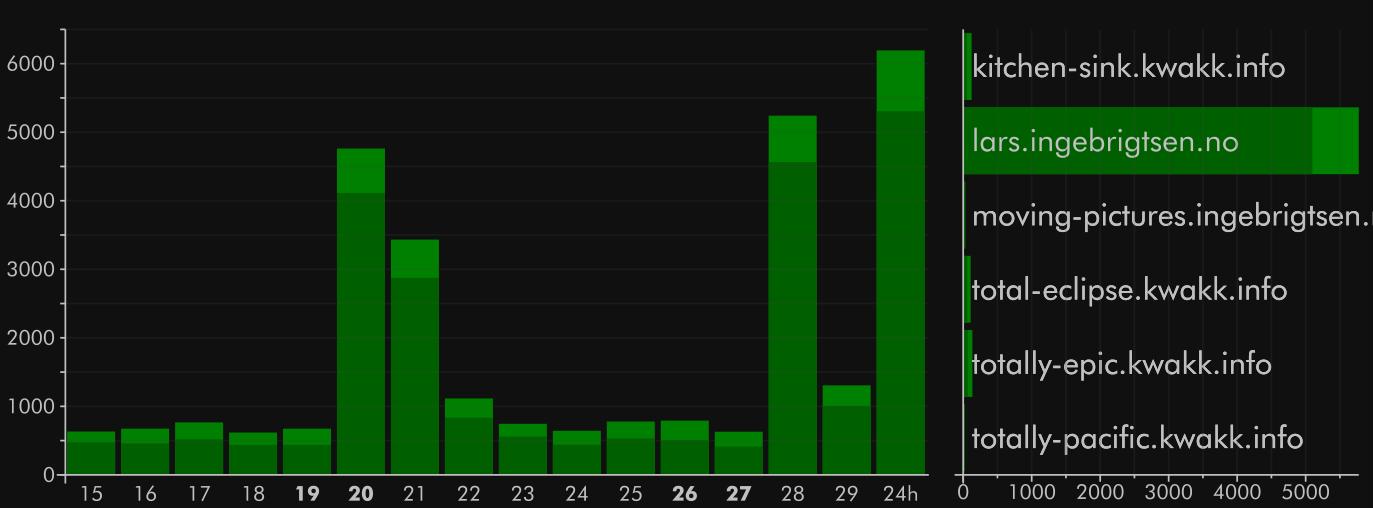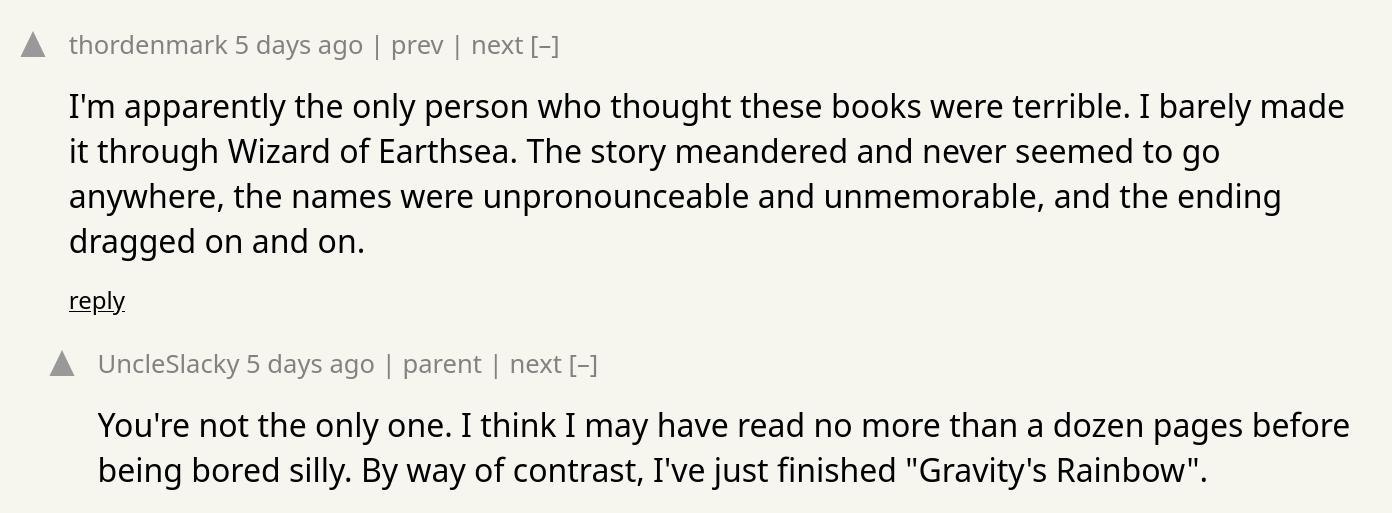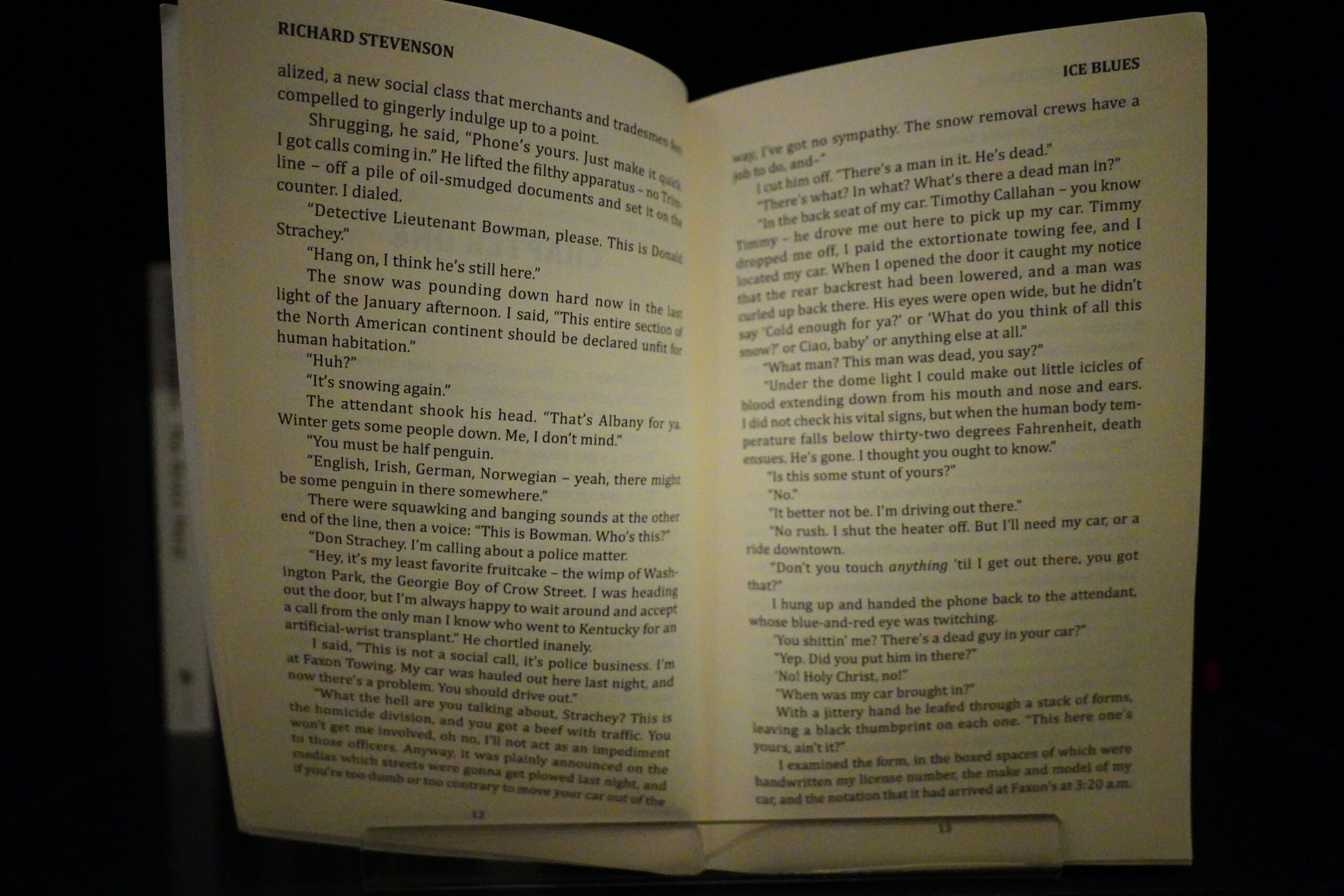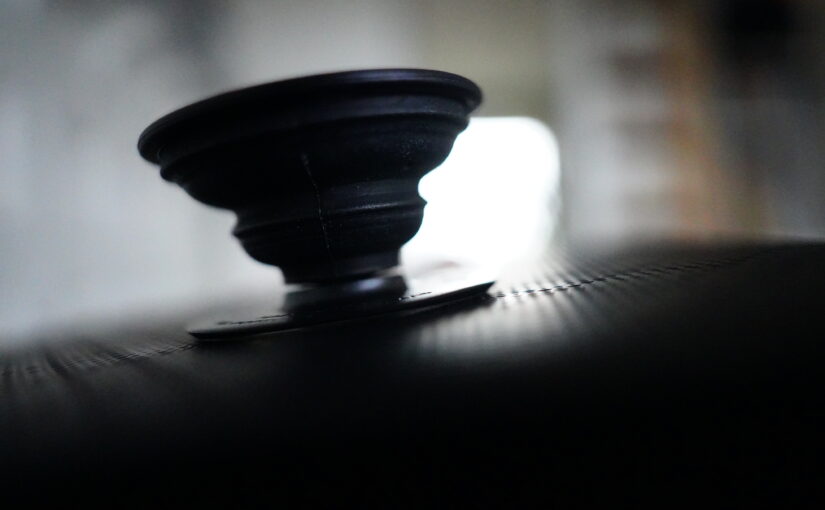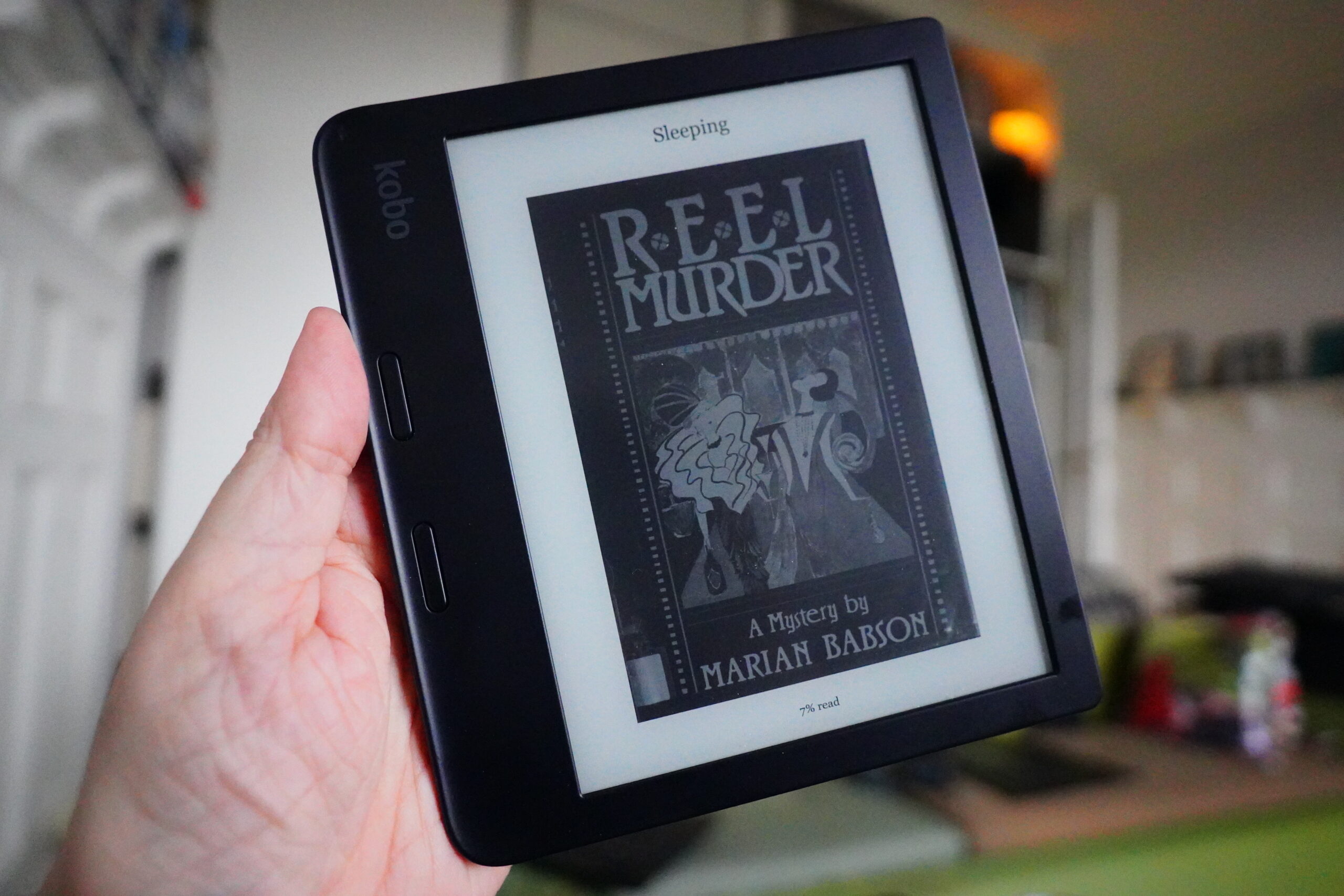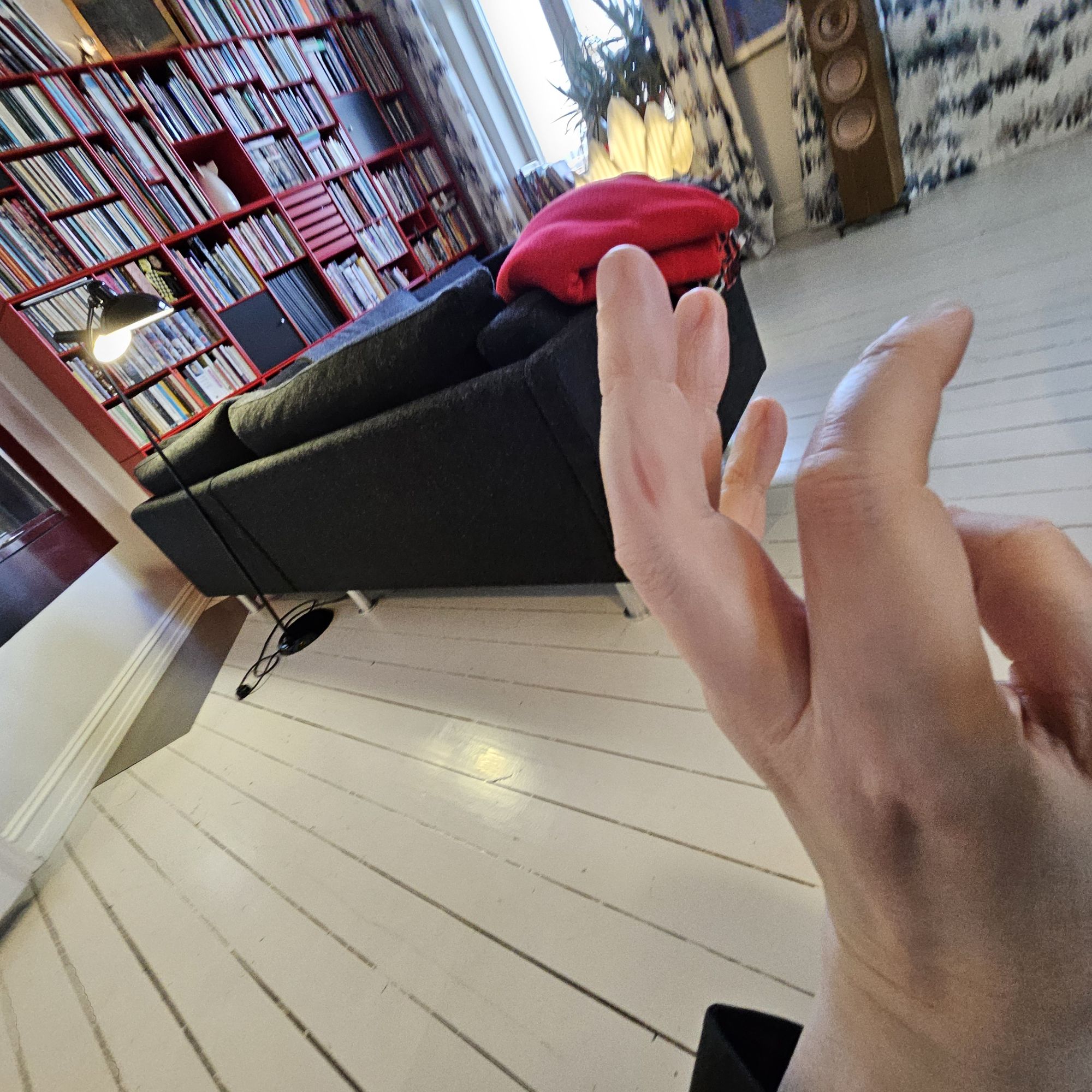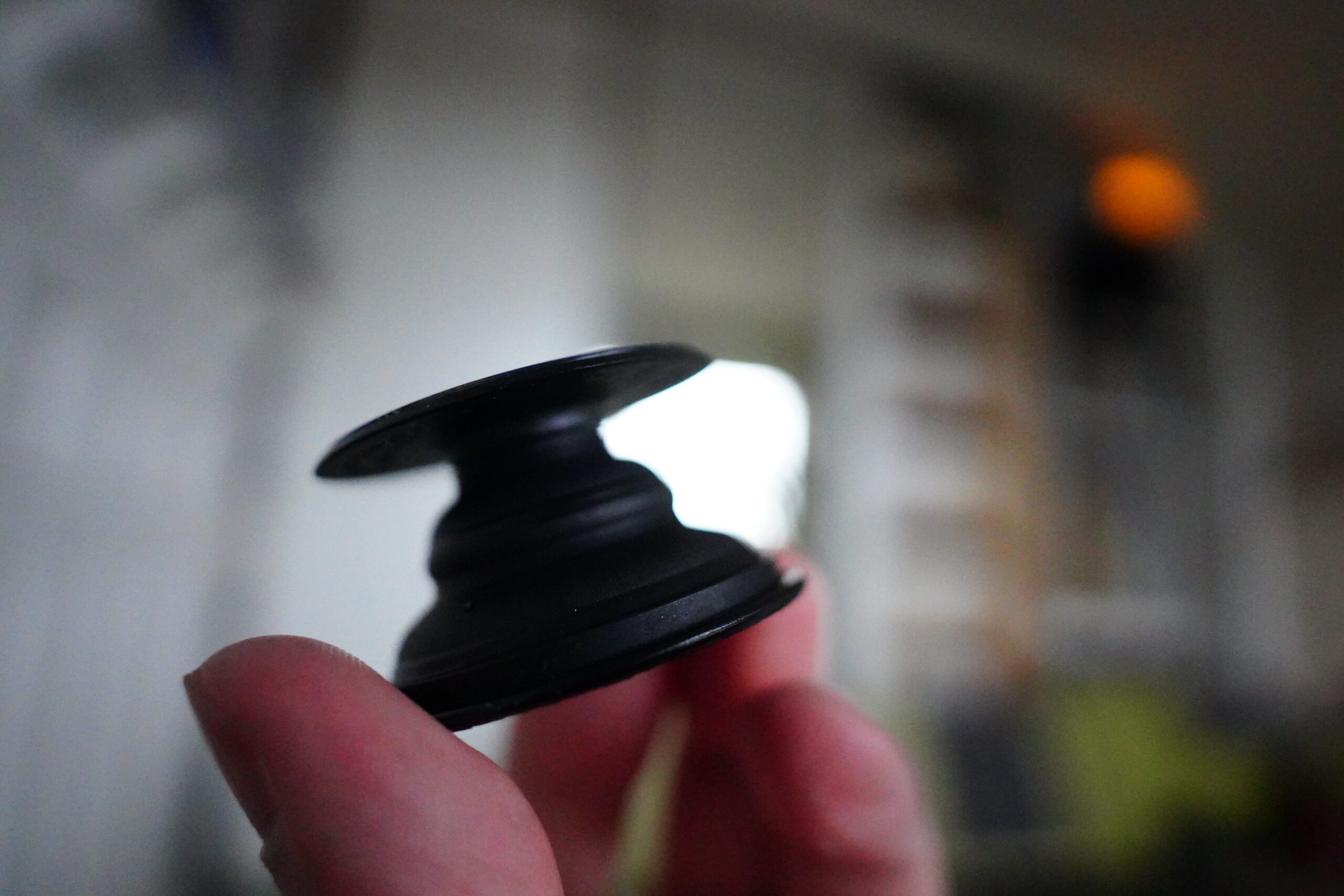Book Club 2025: Le Petit Nicolas by René Goscinny & Jean-Jacques Sempé
I’m learning French, so I’ve been reading French comics for children, and the next logical step is… books for children.
Le Petit Nicolas is a series of books written by Asterix author René Goscinny, and is for very small children. Mais c’est vraiment chouette, as Nicolas says.
This book is from 1959, so the concerns aren’t very, er… modern. But who can survive without knowing what the word for “spurs” is (er… while typing this, I forget… is it éperons?) or “piggy bank” (tirelire) or “vacant lot” (terrain vague), or the teacher they call Le Buillon because he always says “Regardez-moi dans les yeux”, and “dans le buillon il y a des yeux”.
What I’m saying is that this book is thoroughly enjoyable — it’s for children, but it’s a lot of fun for childish adults, too. I’m getting the rest of the books, too, but unfortunately they’re only available for Kindle, and not for Kobo. *pout*
I mean, I can buy them on paper, but it’s so convenient to be able to tap the words I don’t understand to get the translation…
Le petit Nicolas (1959) by René Goscinny & Jean-Jacques (buy used, 4.14 on Goodreads)
Random Comics
Here’s some comics I’ve read over the last week.
I’ve been trying to buy more monthly comics again, because I like serialised comics. And I finally seem to have built up a solid base again… but now TFAW closed down! And I have to move the subscriptions else. I’m testing out G-Mart now, but of course I won’t really know whether that works until er three months from now?
Copra is coming to an end, but is as much fun as ever.
Saga has apparently finished its second arc, so there’s one third (i.e., at least 30 more issues) to go. At this point, I don’t really remember much of what’s been going on, so I should probably do a re-read. But before the third arc? Or in mumble years when it’s over?
Yes! There are super-hero comics! Metamorpho by Al Ewing and Steve Lieber is very entertaining, and Lieber’s artwork is very pretty.
It’s striking how different the DC and Marvel artwork is these days… DC has a bunch of striking stylists, while most of the Marvel artists seem to devolve to this style, which doesn’t really do much for me. (It’s convenient, I guess — I read three issues of Uncanny X-Men, and there were three different artists on those three issues.) But the writing is by Al Ewing, so it’s pretty entertaining. (Exceptional X-Men.)
And then there’s All-New Venom, which is, yes, written by Al Ewing. I seem to be following all the series he’s writing?
Over in Fantastic Four land, there’s an Event going on… but for once, it doesn’t make the comic unreadable. It’s “One World Under Doom”, and it’s written by Ryan North, and it’s quite good.
I know, I’m amazed at how many readable monthlies I’ve managed to find now…
I bought some issues of World War 3 Illustrated that I didn’t have before. These are all from the first reign of W. Bush…
… and it’s amazing how nostalgic these are. Those were the days, eh? (Kuper.)
This piece by Jonathan Lill is pretty awesome.
Eric Dooker does some really good woodcut-like (or perhaps actual woodcut, for all I know) stuff.
There’s tons of great stuff in these issues, and it gets ever more zeitgeisty.
Humanoids dropped this huge collection of Caza, who I totally lost track of in the late 80s.
But… what the actual fuck? I wouldn’t have guessed that this was Caza at all. It looks more like American comics than anything else? Er… like… it has tinges of Image Comics and… well, I don’t know. Buscema? It’s weird, and I find it pretty offputting.
Because this is what I remember Caza looking like: Giraud rendering, and perhaps some Druillet in the layouts? And totally meticulous, strange and interesting.
Then after the first album, we get a totally different art style! This is more like it!
Noice! It’s like Moebius? And the second album is very cerebral, while the first one was just some barbarians killing and fucking each other.
So I had to do research, and it turns out that this had a slightly complicated publishing history: It started in 1989 (with the above) and there was then one album per year before it was cancelled. (The 90s were very tough for comics in France.) Then it was picked up by a different publisher, and to reintroduce the series, Caza did a prologue (which is first in this collection). And then the series re-started with album 7.
This makes for pretty choppy reading. Caza says in the endmatter that he wanted to have an easy introduction to the series, because people said the first album was tough sledding (which is true enough). So he slapped on a prologue that’s all action and stuff, but it also introduces the concepts. Which are then re-introduced here (reading this book) in the first album, and then again in the seventh album.
They really should have edited down the repetetive bits, but I guess that’s just kinda hard with comics — the only economical way if editing is to throw out a couple of pages here and there, I guess.
But what’s the book like? Well… it’s one of those post-apocalyptic books with mutants, sex and violence, but it’s not bad? It’s pretty entertaining? And I like this collected edition — it’s printed on matte paper, and the translation seems pretty good, as far as I can tell.
But it’s a bit depressing reading on a page to page basis, because the artwork grows less and less attractive as the years pass.
There’s a text that explains the history of the series, but it’s written in that infuriatingly vague French way. For instance, when Humanoids cancelled the series, it’s “it was finally decided to rein in Caza’s desires, urging him to anticipate the end of his story”. Which must mean (I can’t think of any other thing it can mean) that it sold like dogshit and Humanoids were tired of losing money?
Which is a problem with being this mealy-mouthed — it leaves the reader to draw conclusions that are perhaps more harsh than if you’d just written the truth in the first place.
Of all the revivals of classic French(ey) comics, I’m enjoying the Ric Hochet one the most. Zidrou & Van Liemt just seem to be having such a good time with this material that it’s infectious.
The plots are satisfyingly preposterous in the Ric Hochet tradition, and the artwork is so sharp and the period details are so on point.
And yes, these are the quintessential “dad comics”:
Ric Hochet est la quintessence de la bande dessinée à papa. Zidrou l’a compris. Un décor vieille France, des personnages archétypaux, sans oublier une trame tarabiscotée, nappée d’un humour bon enfant. La recette a fait le succès de Tibet et Duchâteau, pendant soixante-dix-huit opus, alors pourquoi briser une formule gagnante?
The latest album is perhaps the funniest yet — it’s two thirds broad farce and one third thriller, and it’s super entertaining.
I bought all the issues of this Swedish fanzine a couple of years ago, but I forgot to read them all.
It’s mostly text, but there’s quite a few comics.
I was quite impressed by this piece by Anna-Klarin Molin.
This one by Klara Wiksten was fab.
And there’s also special booklets included, like this.
It’s called “The Skin-Less Girl”, and that’s what it reads like, too. Very good.
This is an omnibus of old French(ey) serial.
The main gag is that this takes place in England, so everybody’s got a stiff upper lip, hate eating snails, and have awful food.
I’ve read some of these before (as a child), and I didn’t like it much back then, but I quite enjoyed reading them now. I guess I’m in my third childhood now.
And that’s it.
Book Club 2025: Ice Blues by Richard Stevenson
I was going to read something more substantial next, but I found myself in the mood for a mystery again, so here we are.
Speaking of substantial, the previous Book Club post went viral, which came as a complete surprise to me, because I wasn’t really expecting anybody to read these posts. I mean, it’s a book log. On a blog. About reading books.
But there you go. I guess it’s because it’s a series of books most people have read (and like), so it’s fun to be reminded of them.
On the other hand:
My, I’m impressed! Gravity’s Rainbow! *slow clap*
But also:
Anyway, I was talking about today’s reading…
… which is totally fine. As with the previous book in the series, it’s a half comedy/half hard boiled crime, and it’s really entertaining. The plot is satisfyingly convoluted, and while Stevenson enjoys dropping in a joke every third sentence, it flows quite well.
Ice Blues (1986) by Richard Stevenson (buy new, buy used, 3.89 on Goodreads)
Are there counterfeit Pop Sockets‽‽
I bought some glue-on Pop Sockets from Amazon (yes, I know, one shouldn’t do that) for my Kobo ebook reader.
(Speaking of which, this is my third one. The first one had buttons that were so hard to push that I had to push them with my nail. The second one had buttons that worked fine… 90% of the time. Which is maddening! You click the button, and move your eyes up to the top of the page, and during the saccade you don’t really see anything so you start reading at the top of the page… and 10% of the time it’s the same page again. So I got this Kobo Libra 2, and the buttons are finally usable: Not too hard, and they work 100% of the time. I know, I know, I could just tap the screen instead, but moving the thumb just isn’t optimal.)
Errr… what’s this picture about… OH YEA! I was talking about that Pop Socket! Because I glued it to the back of the Kobo so that I wouldn’t actually have to grip it, but that ridge (in the first picture up there *points*) left me horribly scarred! For life! Or at least a couple of minutes.
(Picture of Pop Socket on the back of the Kobo.)
So today I went to, like, a physical store, and like, physically bought a new Pop Socket. Physically. And behold! No ridges!!!
Did Amazon sell me a counterfeit (and life-threatening, I mean, finger-destroying) Pop Socket!? I have no idea, but I’m going to assume they did, because they’re Amazon.


